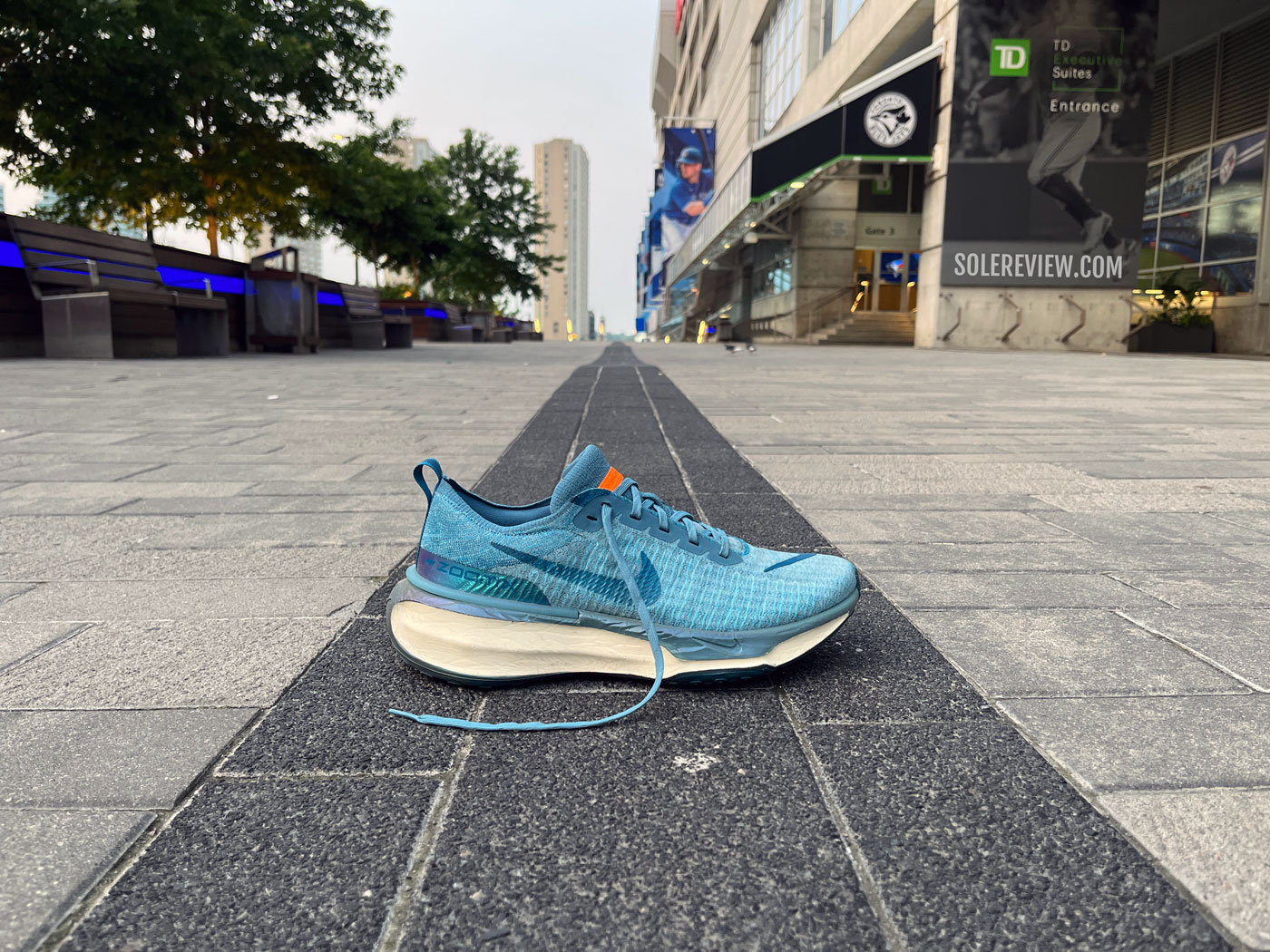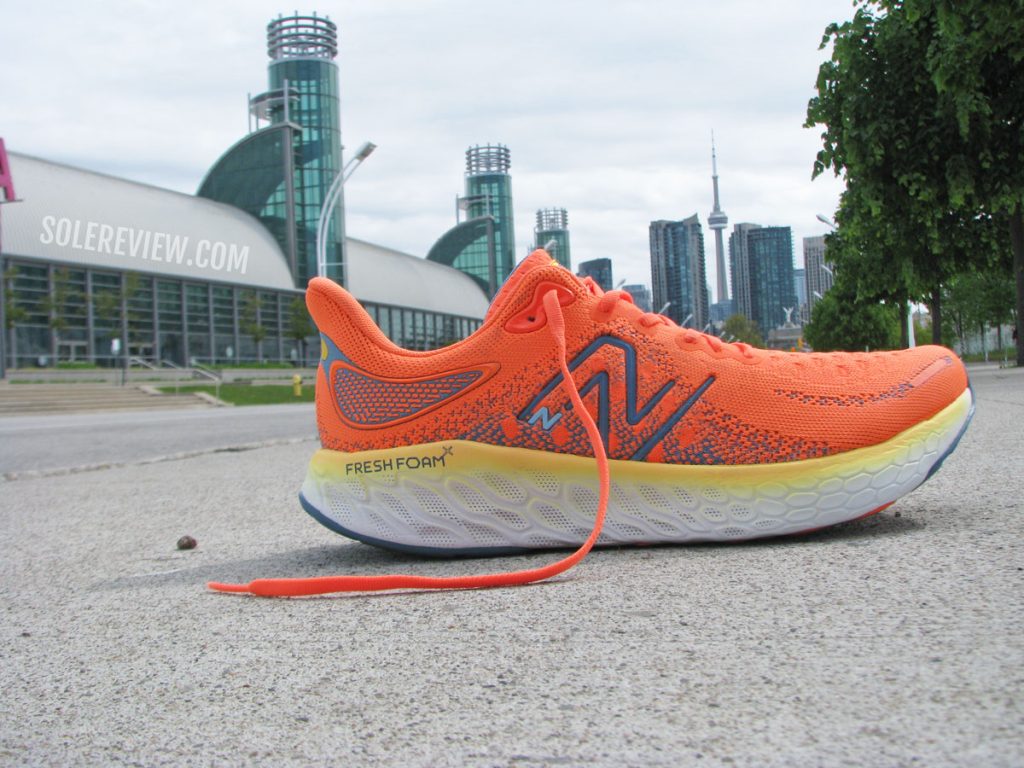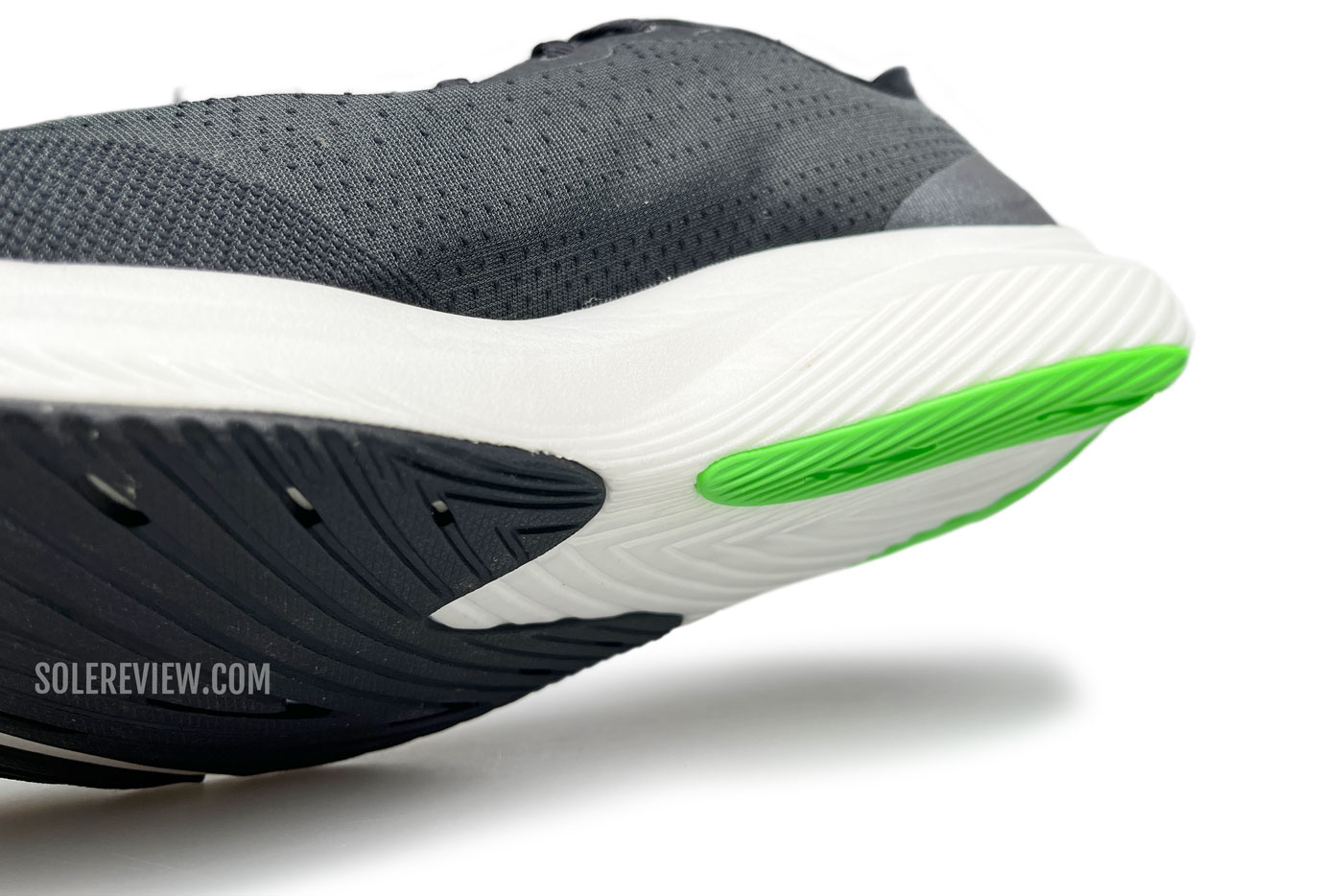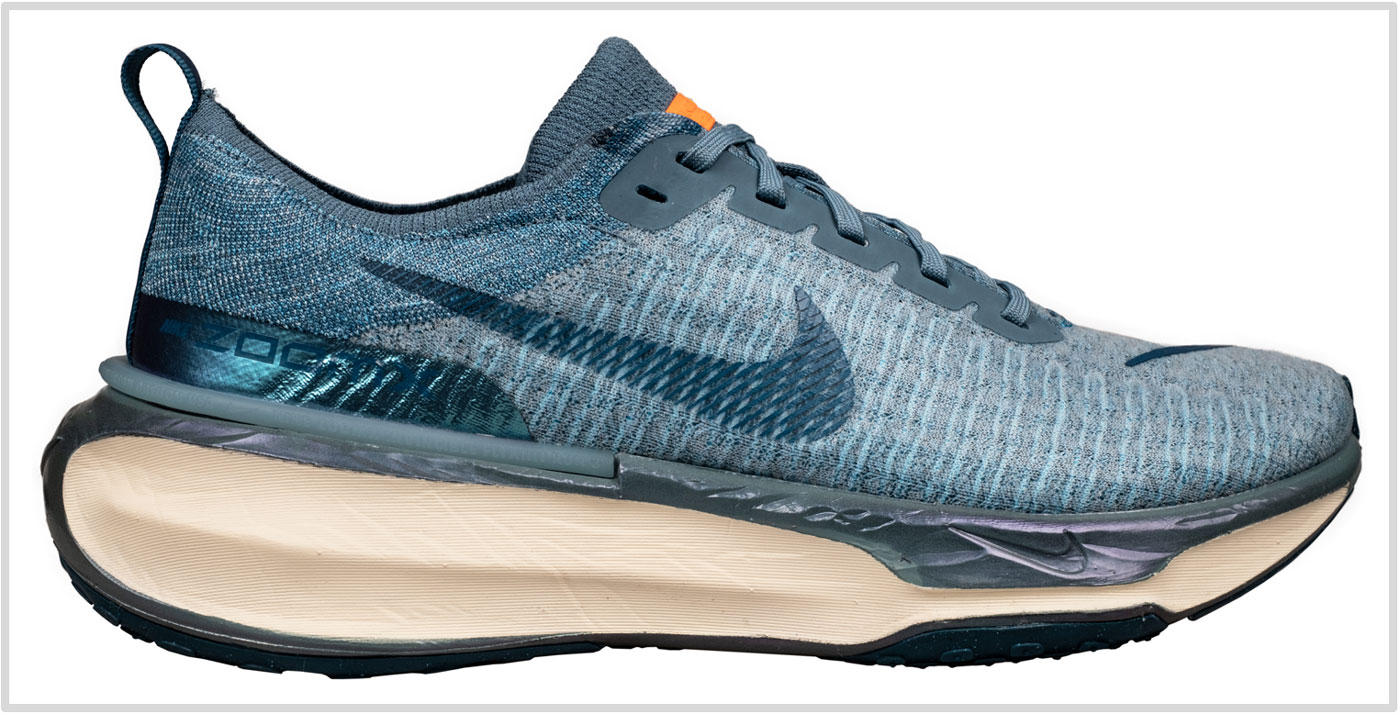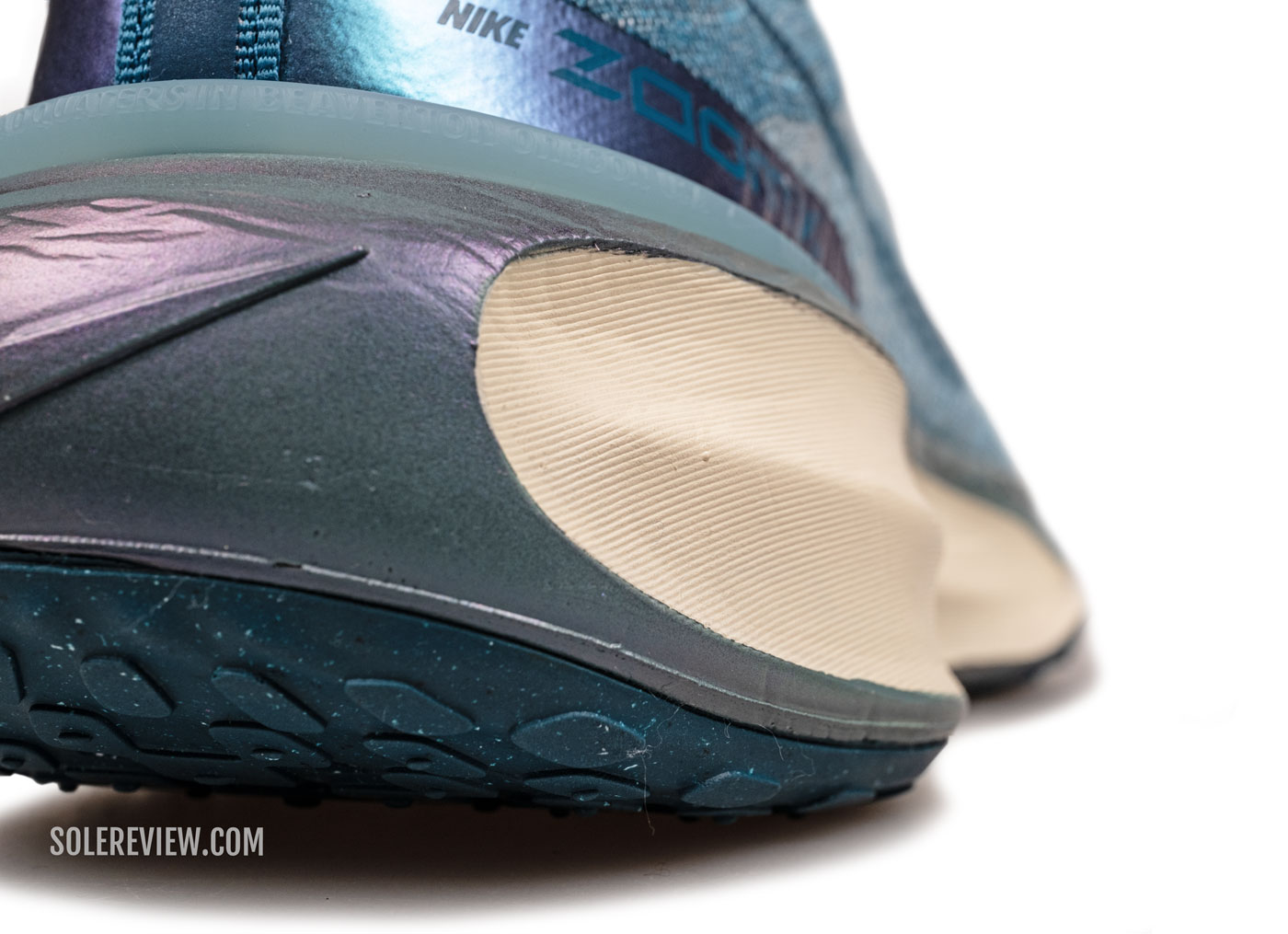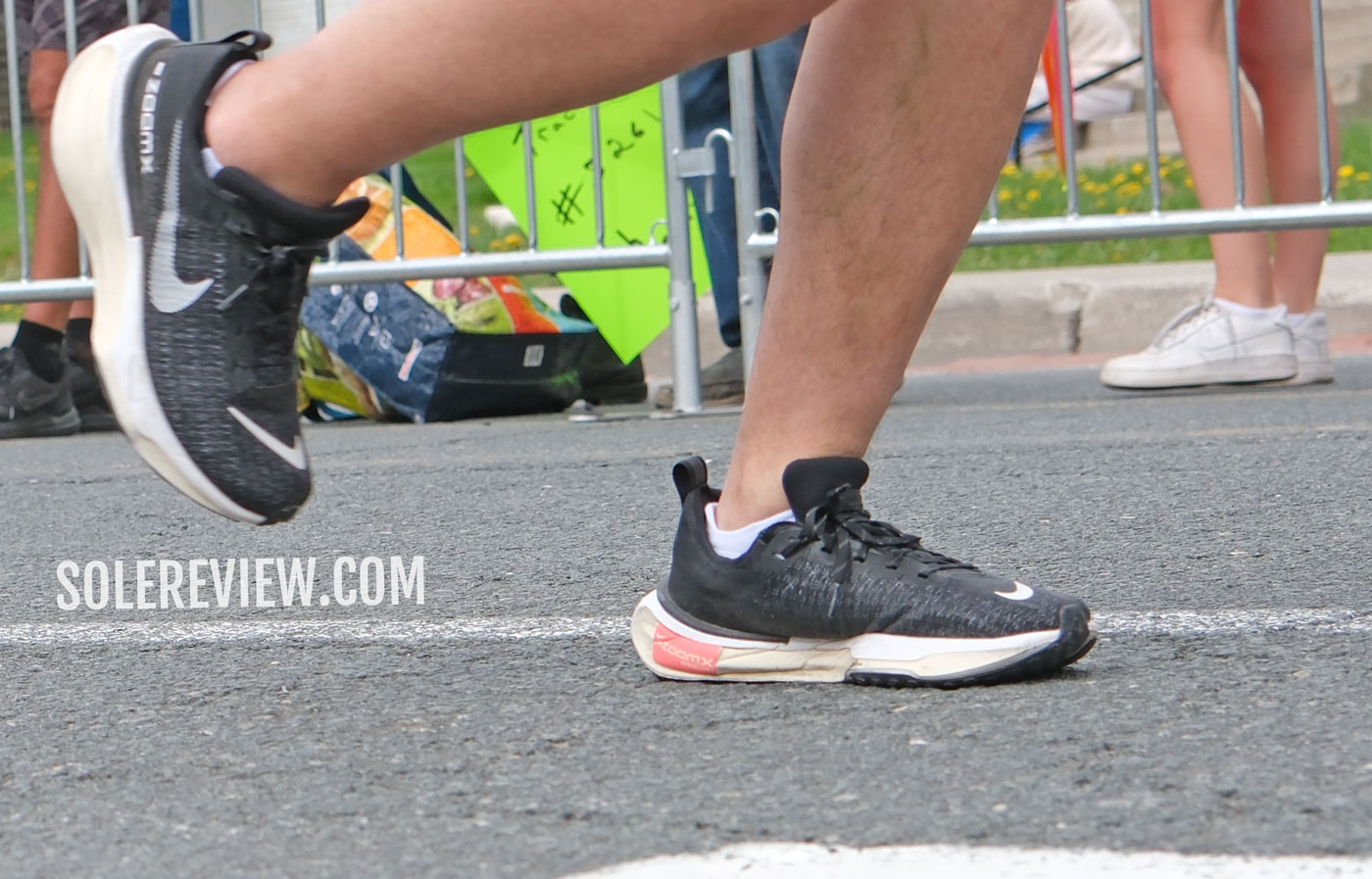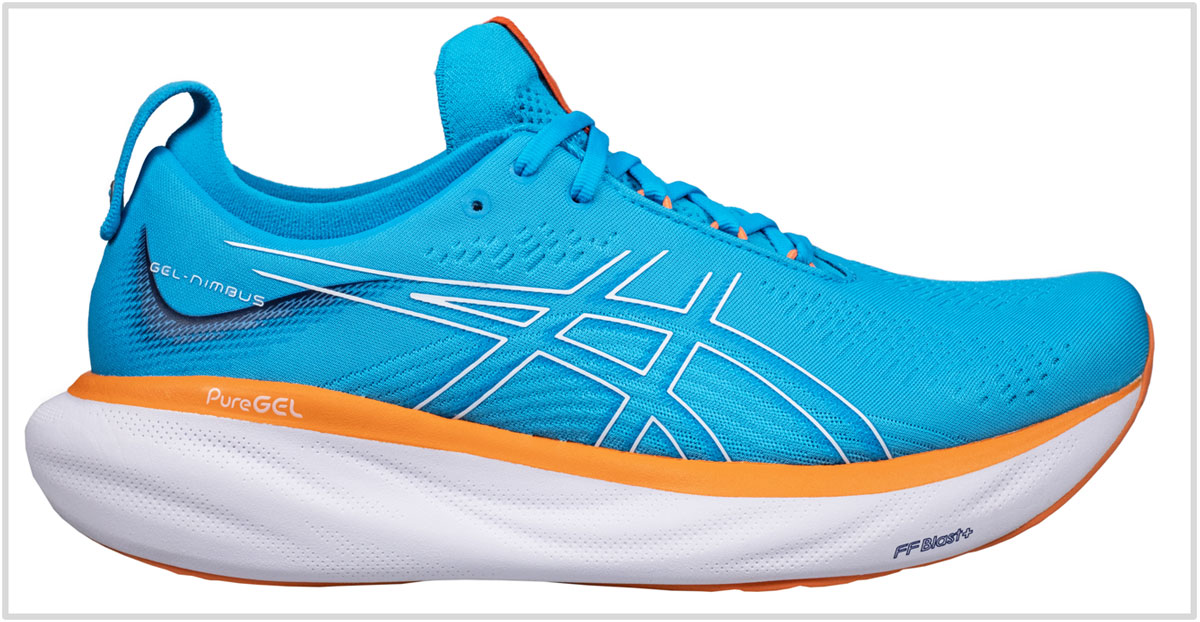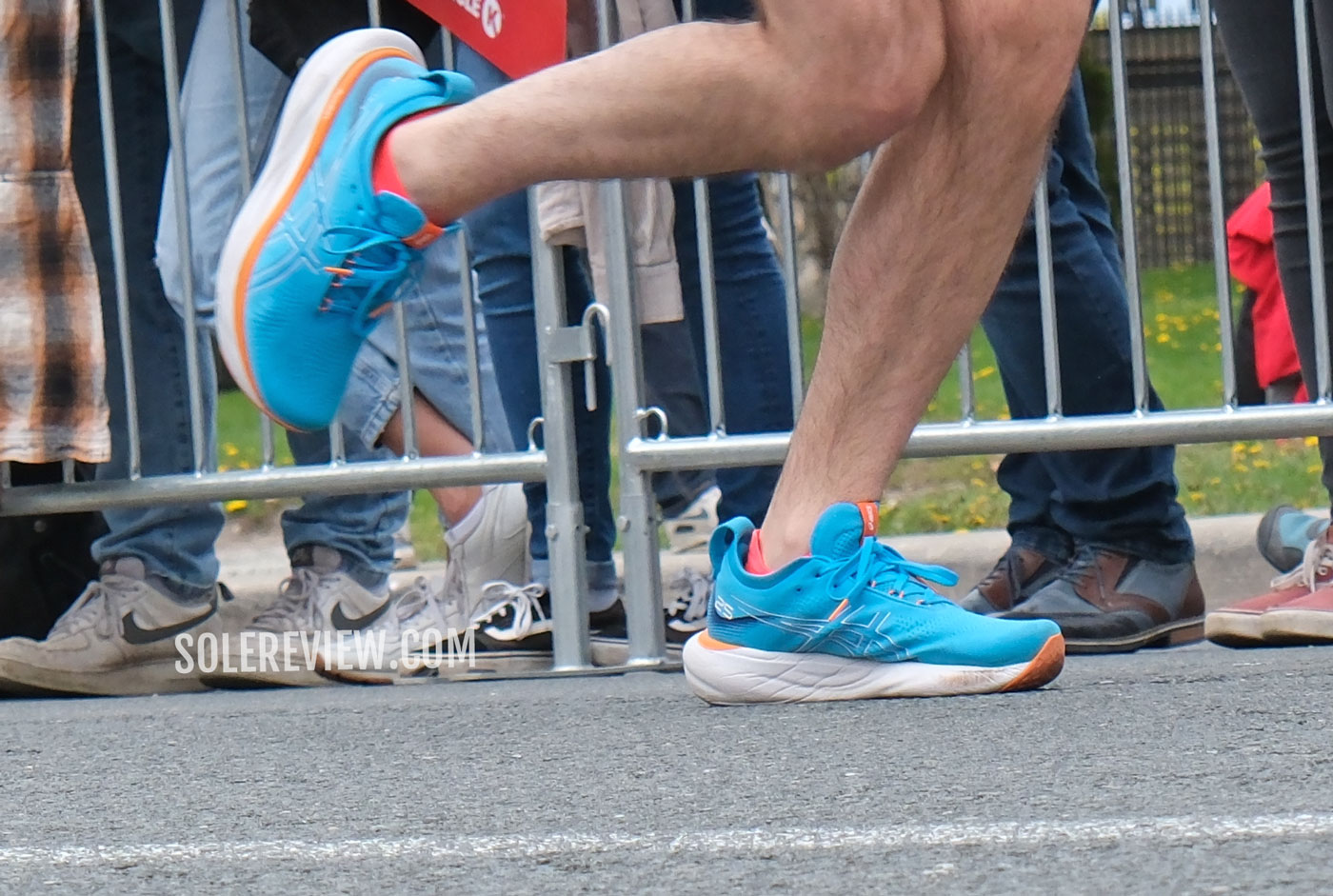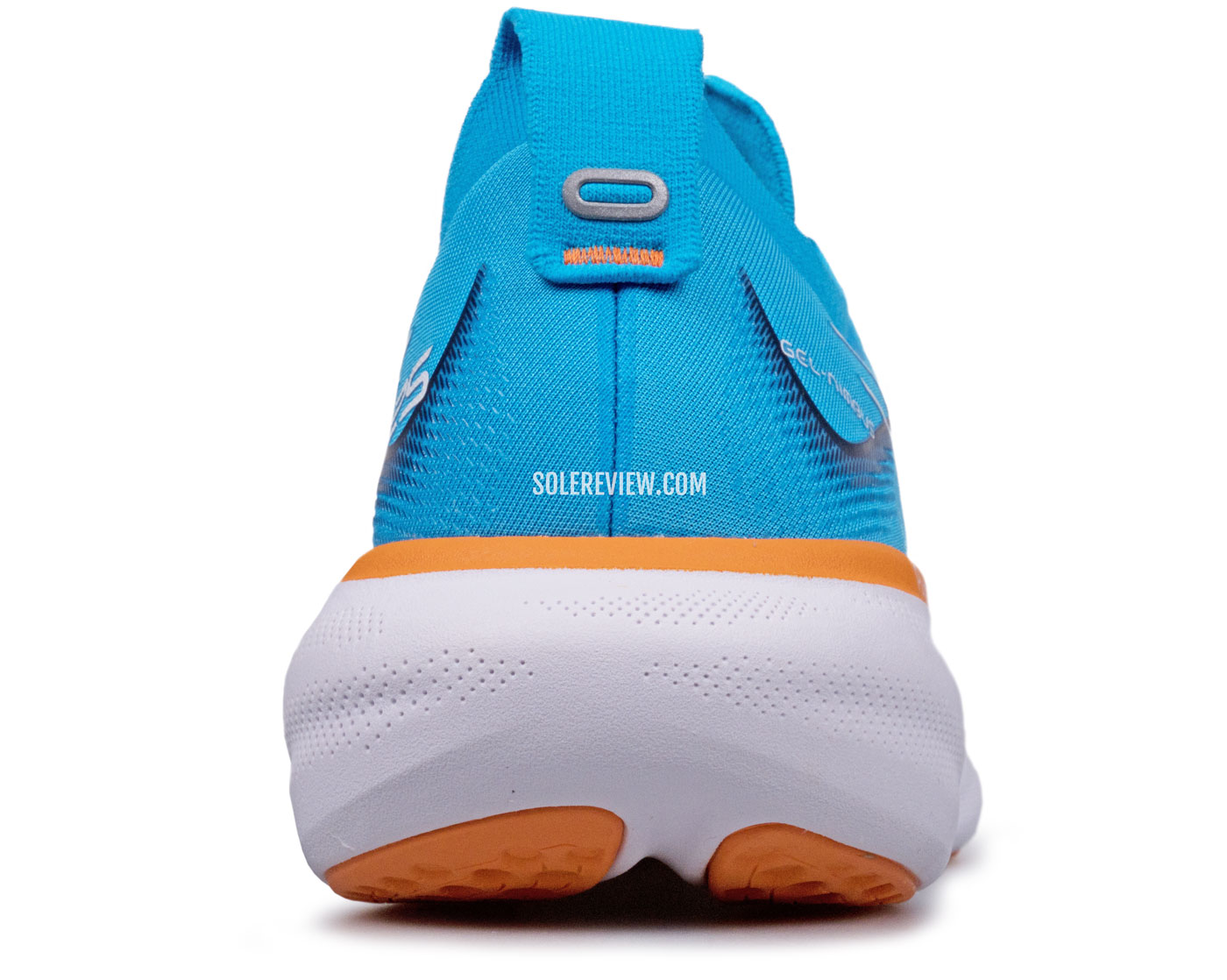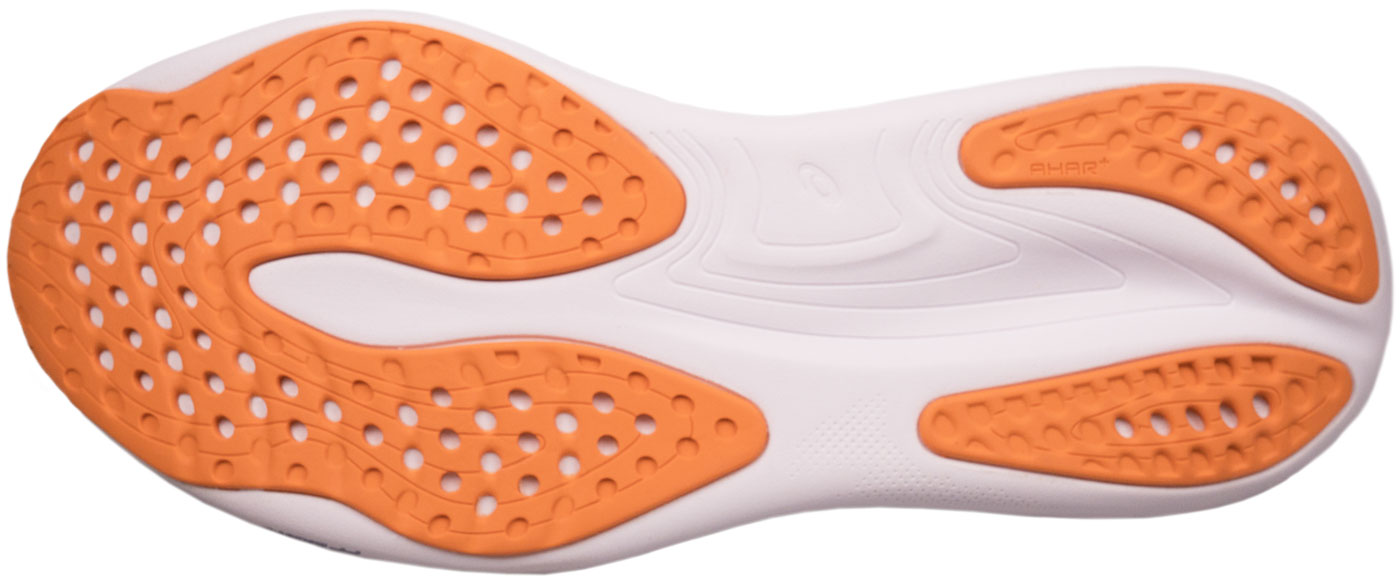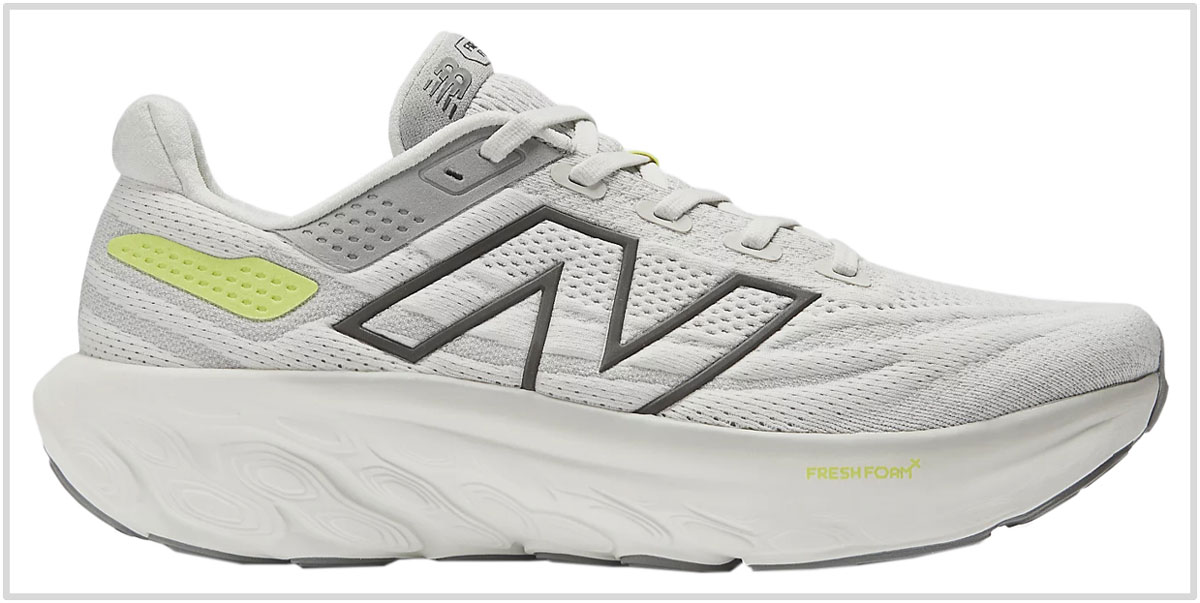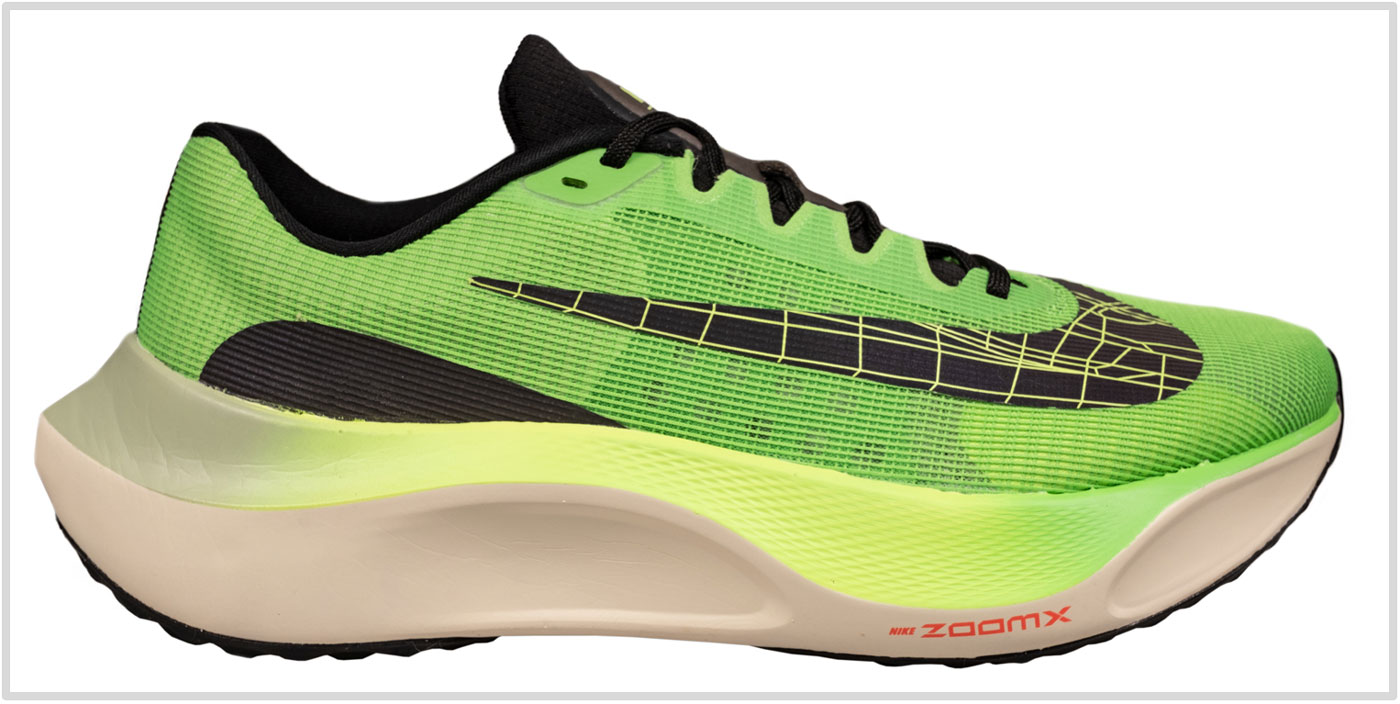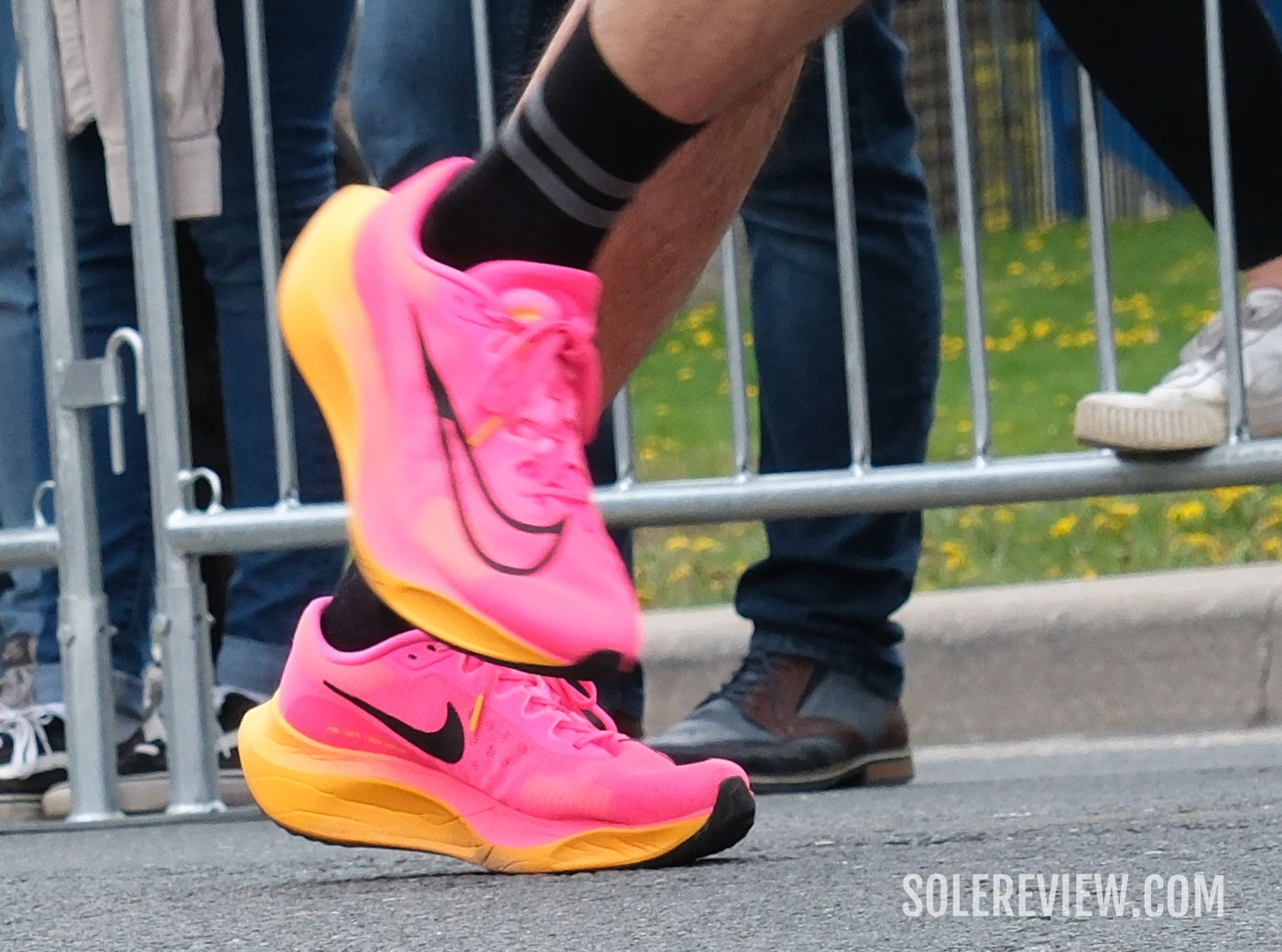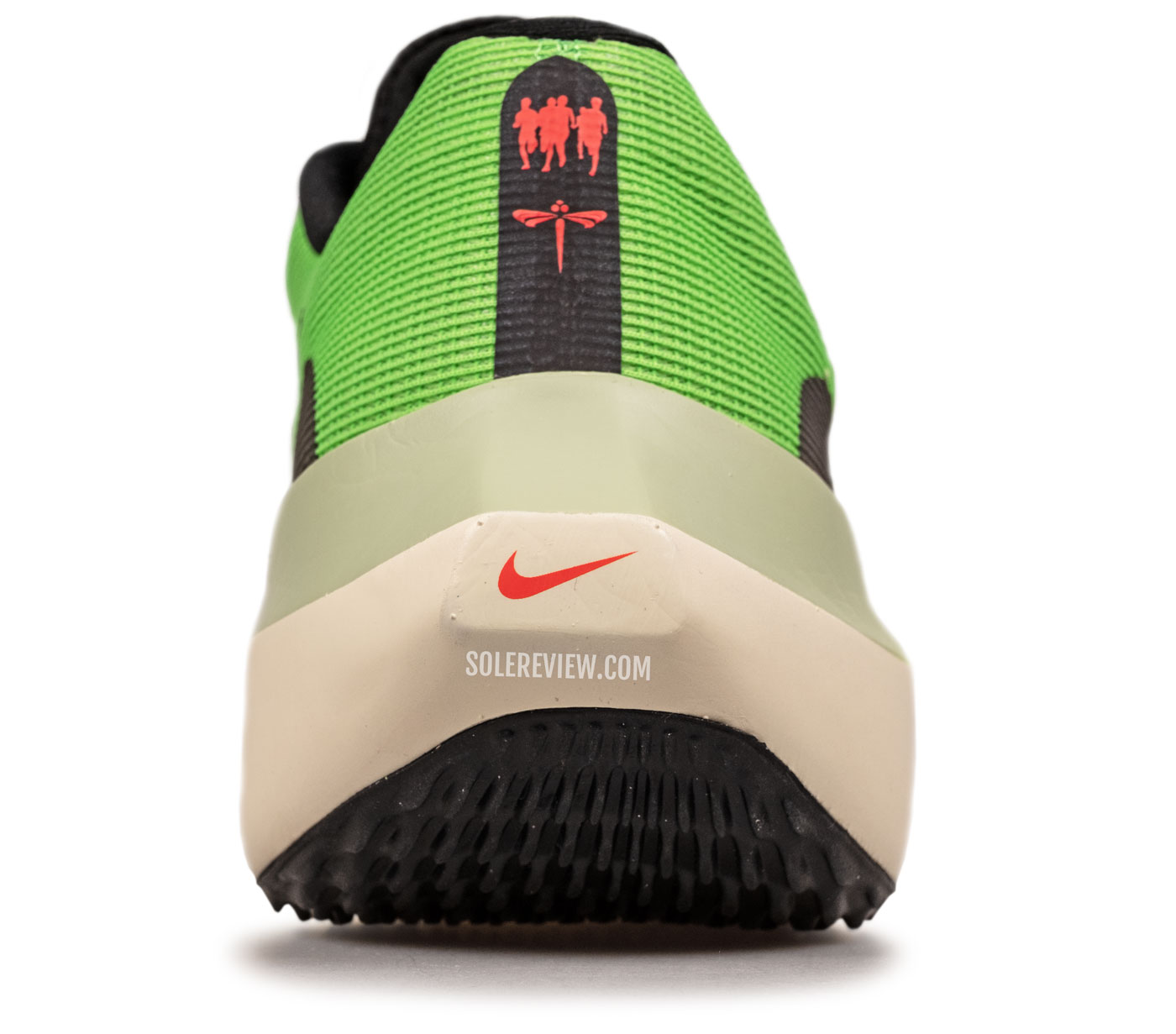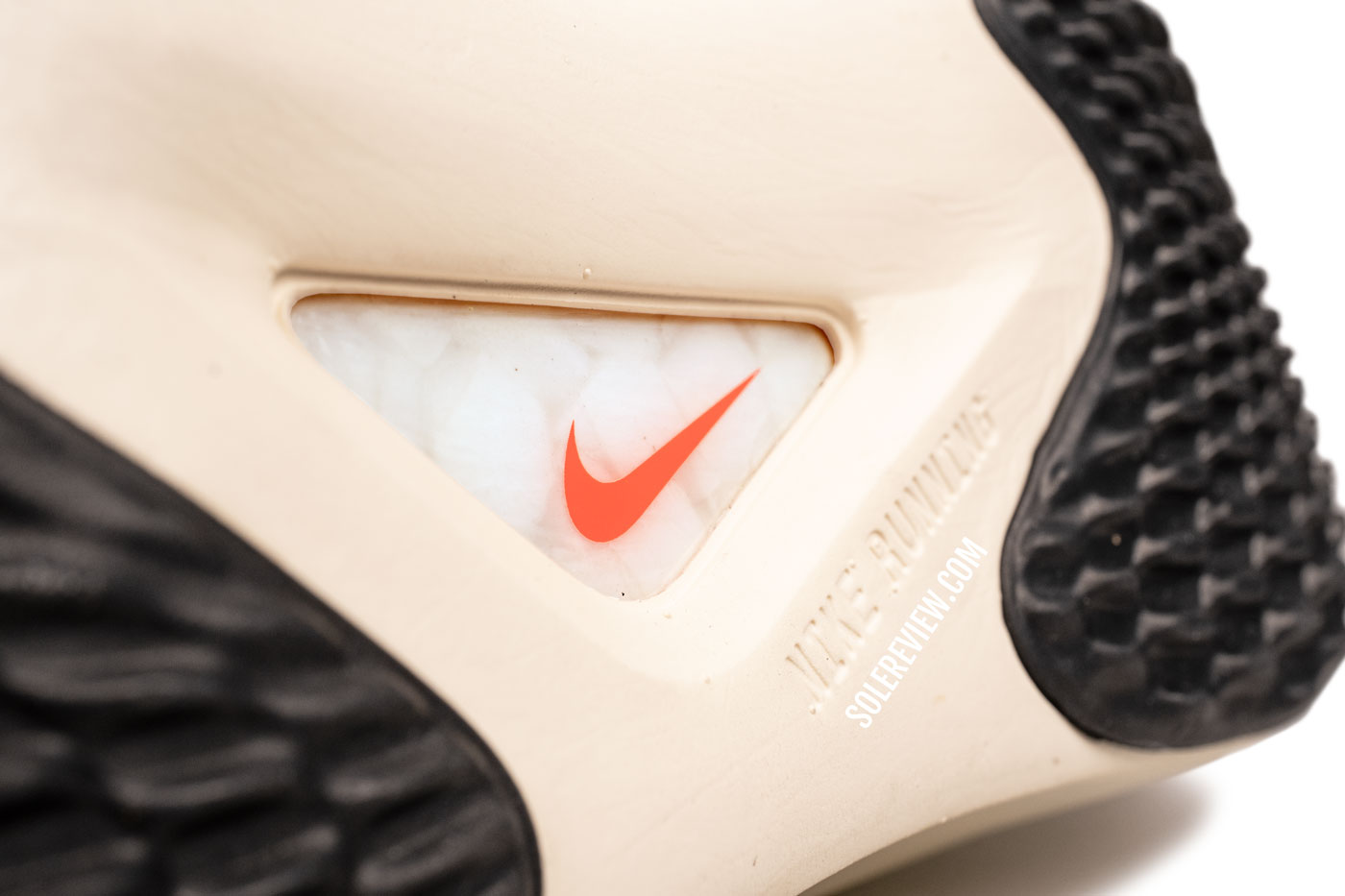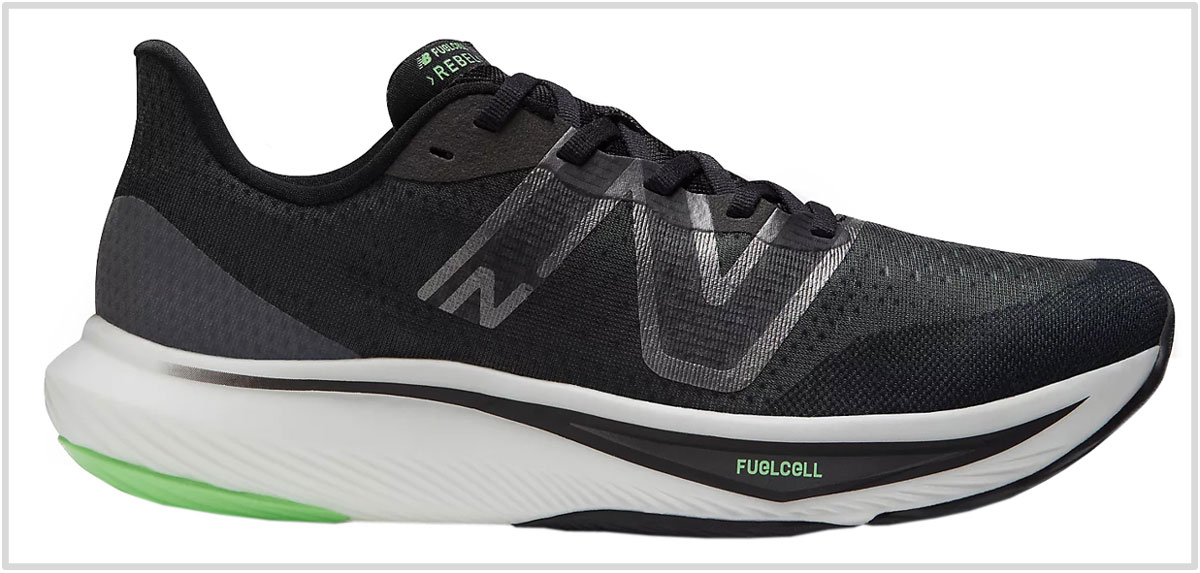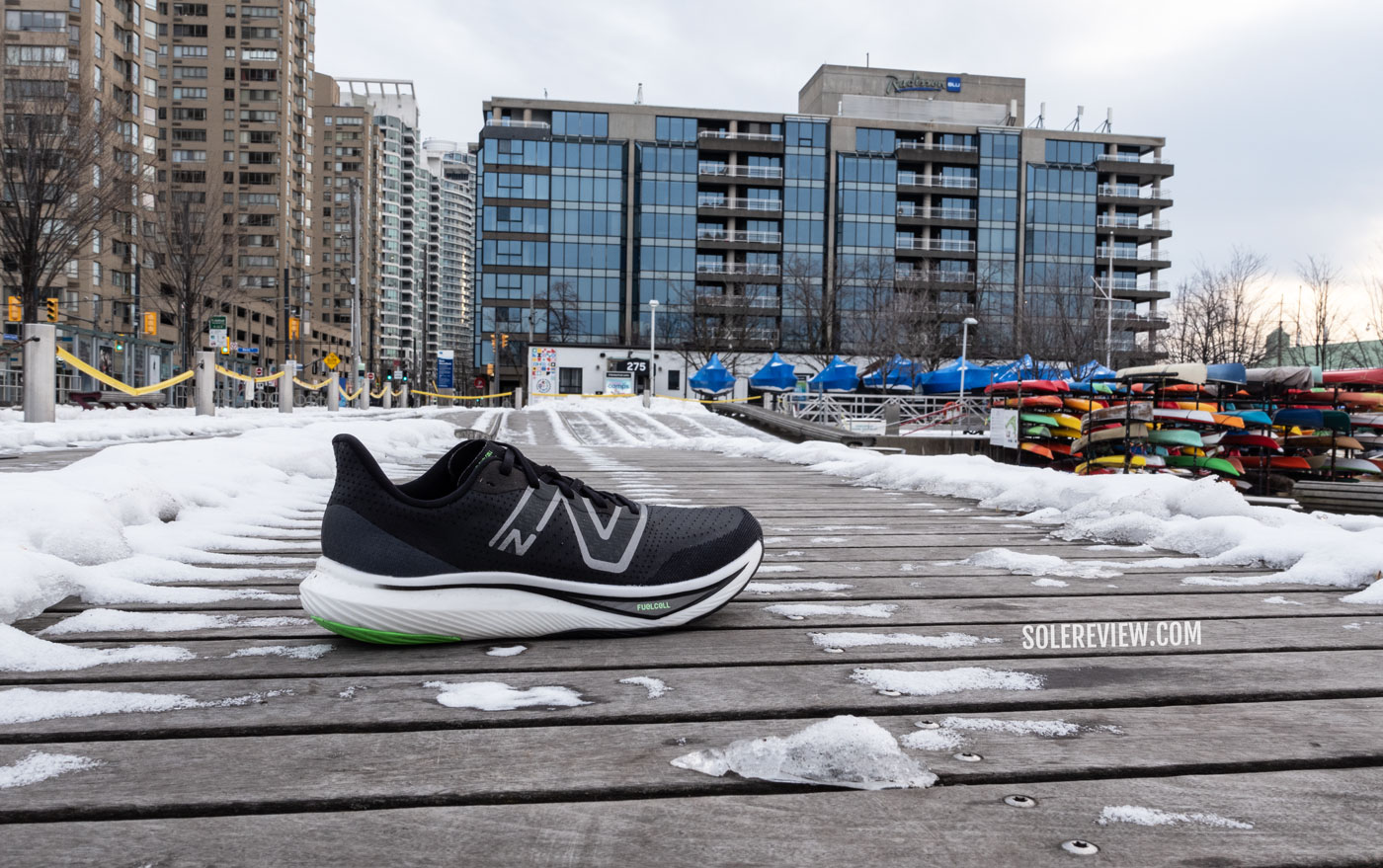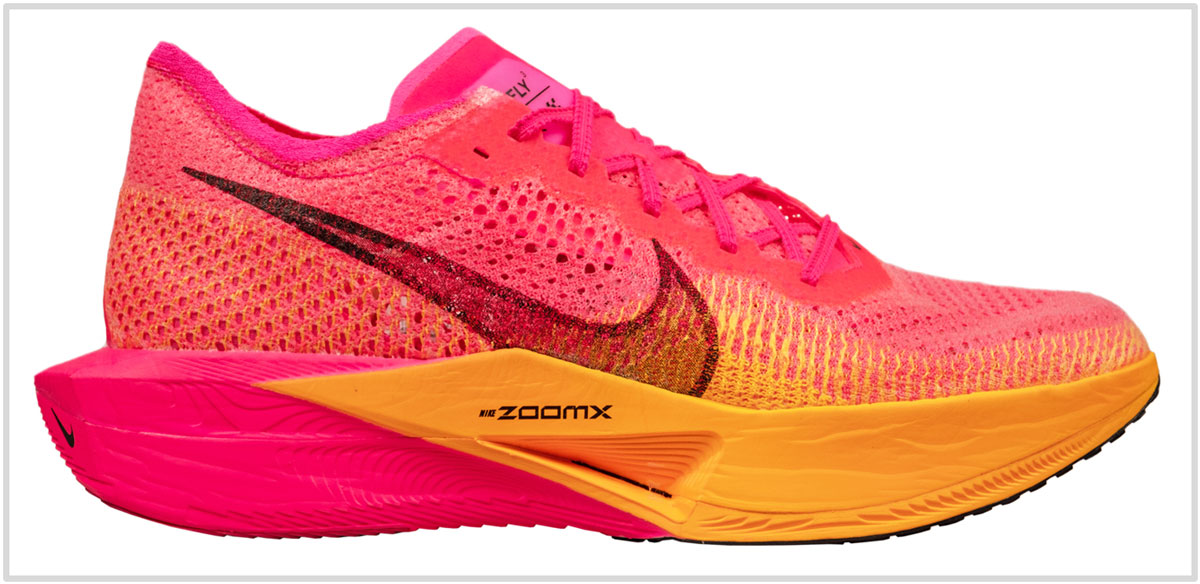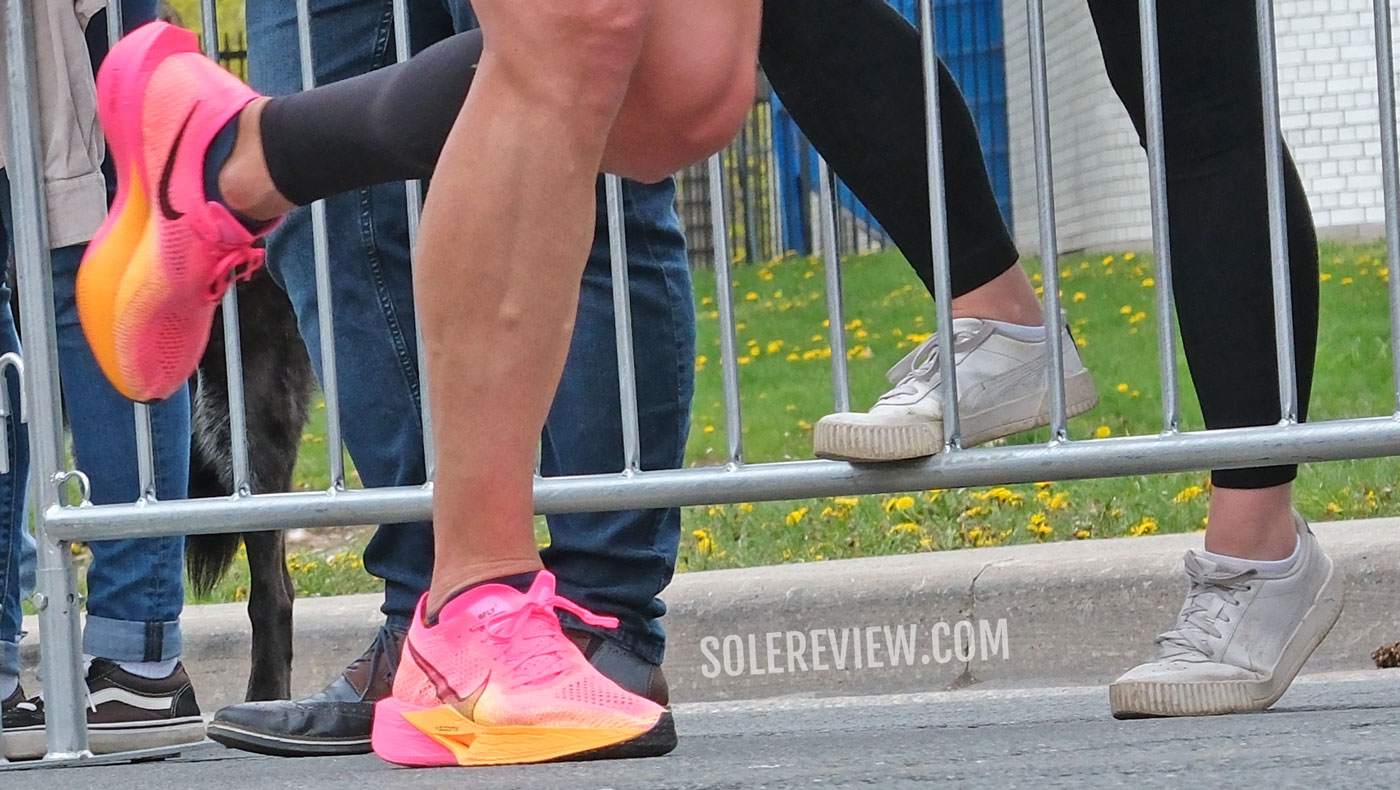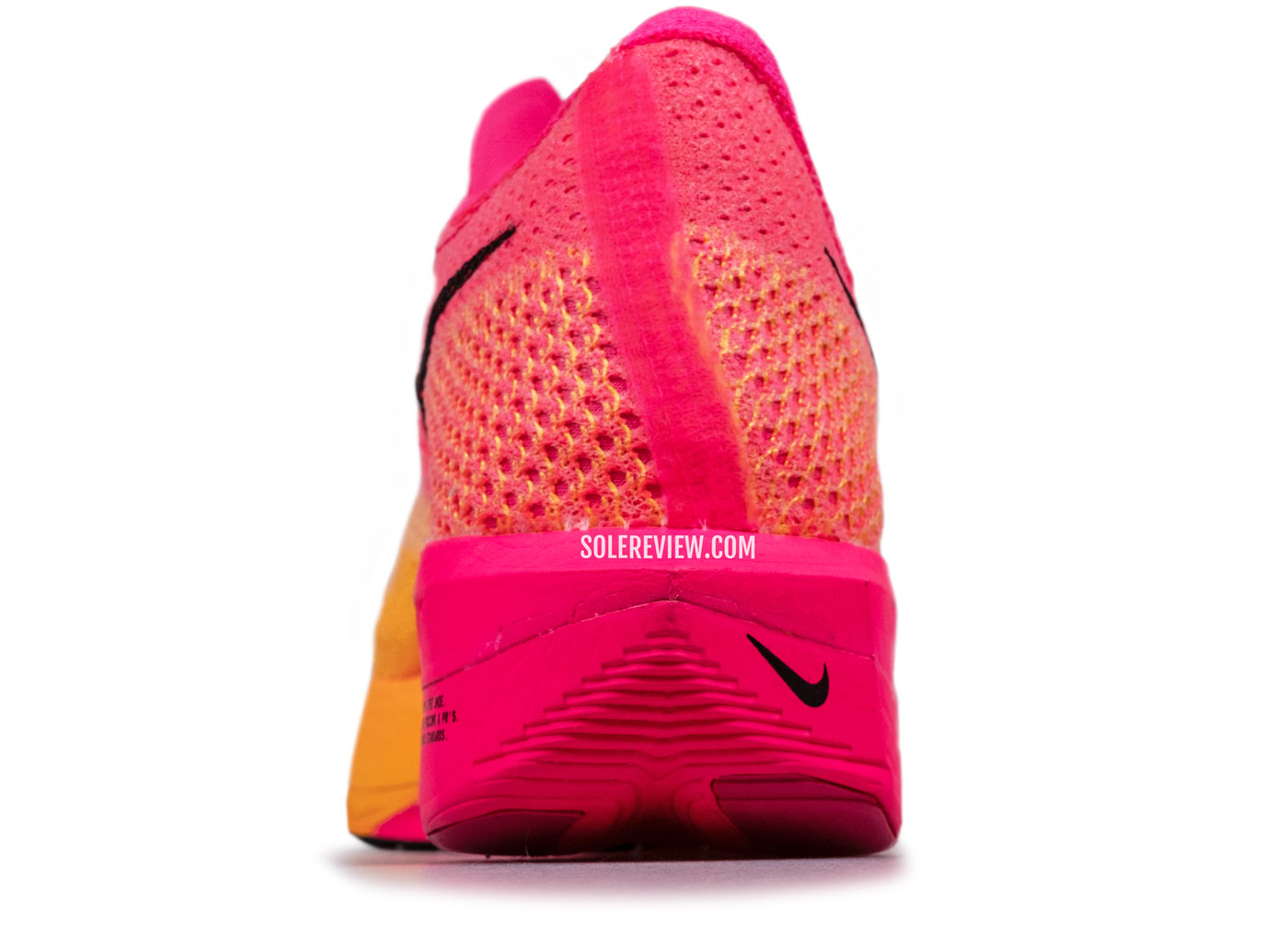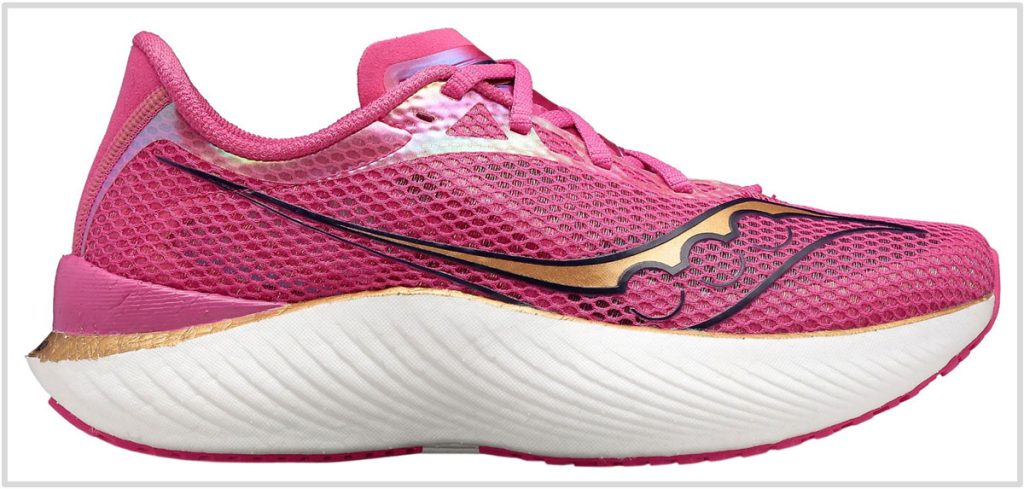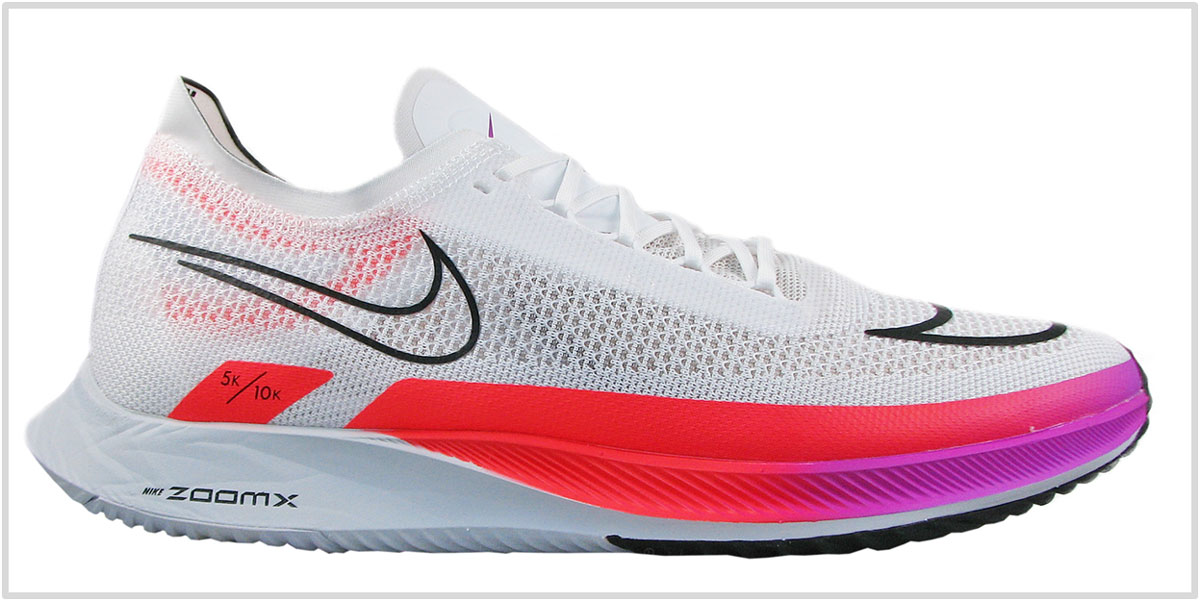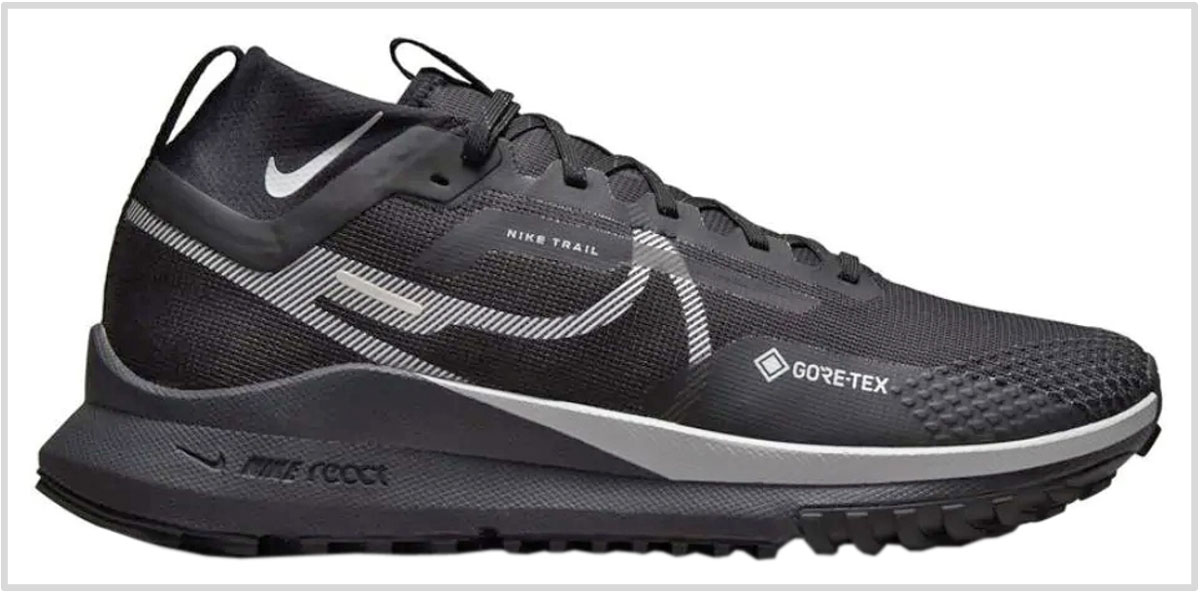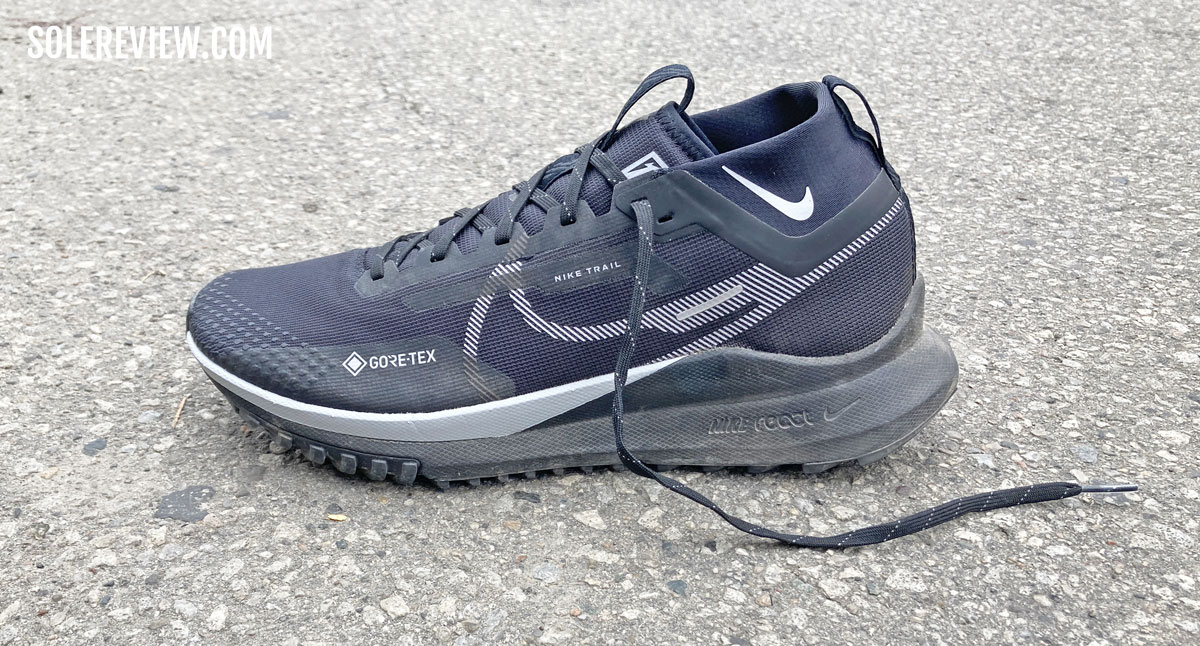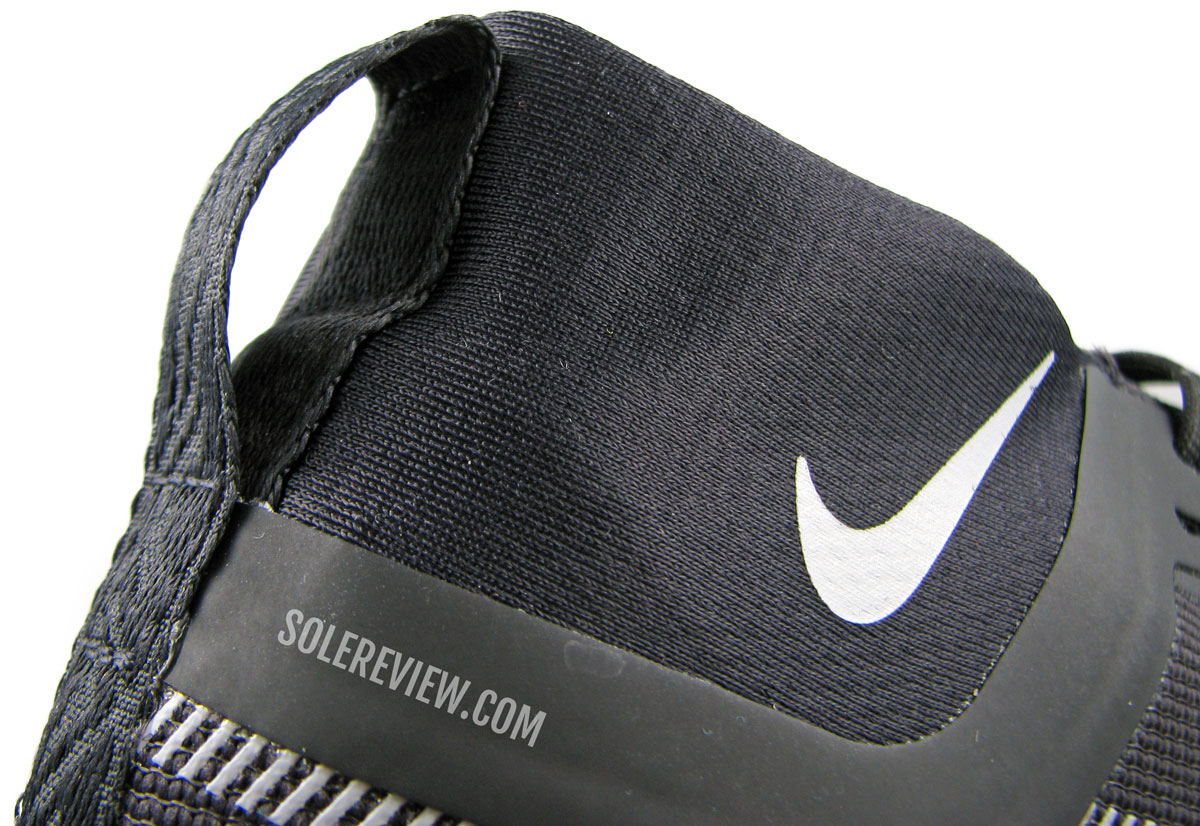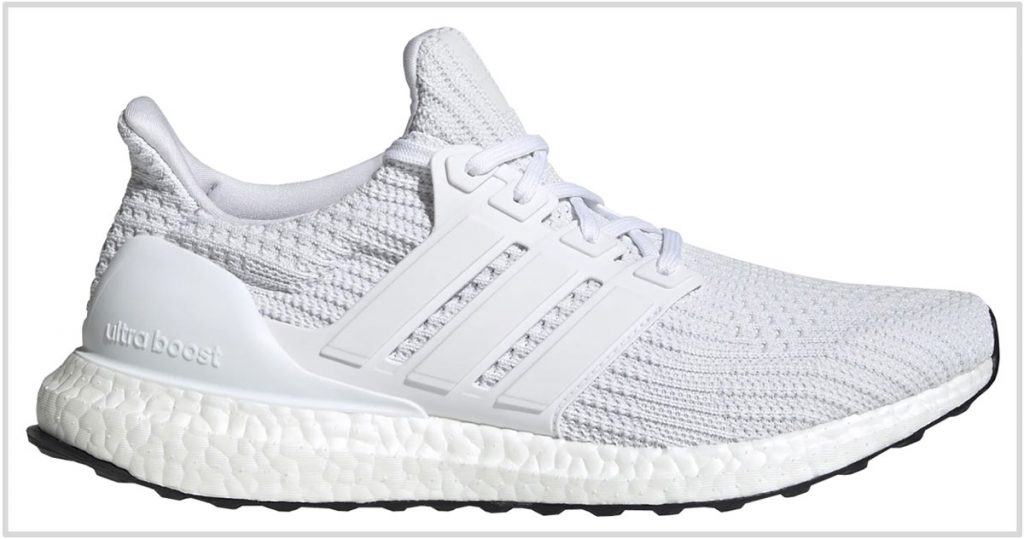This article has been updated with current models for November 2023. The New Balance 1080V12 has been replaced with its updated version. Except for the narrower ‘B’ width, the women’s models are almost identical to men’s.
In this product guide:
- 1. Factors to consider
- 2. Softest long-distance cruiser: Nike Invincible 3
- 3. Softest daily trainer: Asics Gel Nimbus 25
- 4. Softest daily trainer: New Balance 1080V13
- 5. Softest responsive trainer: Nike Zoom Fly 5
- 6. Softest tempo trainer: New Balance Fuelcell Rebel V3
- 7. Softest marathon racer: Nike Vaporfly 3
- 8. Softest marathon racer: Saucony Endorphin Pro 3
- 9. Softest 5K-10K racer: Nike ZoomX Streakfly
- 10. Softest trail running shoe: Nike Pegasus Trail 4
- 11. Softest athleisure trainer: adidas Ultraboost 1.0 DNA
The term ‘softness’ isn’t set in stone – or should we say, foam. A shoe’s place on the softness scale is a fast-moving goal post that depends on which cushioning technology is trending.
Not long ago, the likes of adidas Boost, Nike React, and Saucony Everun occupied the top spots on this curated list. While there were exceptions like Hoka and Brooks, models like the Ultraboost were the go-to shoes for a soft ride.
The introduction of PEBA foam-based midsoles turned the definition of ‘soft’ on its head. It began with the Nike Vaporfly 4%; later, brands like Reebok and Saucony came up with their versions of PEBA midsoles.
It’s a good thing that this list is about the ‘softest’ running shoes. That means that the quality of ride stability and transitions, while important, need not be prioritized.
In this guide, the Asics Nimbus 25 and New Balance 1080 V12 manage to balance all three attributes (softness, stability, transitions) reasonably well. However, the ride stability isn’t the forte of several other shoes like the Nike Vaporfly and the first two versions of the Saucony Endorphin Pro. (The Endorphin Elite is a lot better though)
Chances are, you’ll quickly scroll down to see which shoes are included in this guide.
When you do, the omission of the Brooks Glycerin and adidas Ultraboost Light may come as a surprise. These two shoes are comfortable, but this guide is about the ‘softest’ running shoes – hence their exclusion. Also, the Glycerin 20’s new DNA Loft V3 foam isn’t as soft as Brooks claims. The new Pegasus Turbo Next Nature also has a soft ride, but its upper leaves a lot to be desired.
Despite its ‘Light’ labeling, the 2023 Ultraboost Light has a relatively firm ride. That is why we have featured the ‘retro’ Ultraboost 4.0 DNA in its place.
The terms soft, cushioned, and padded are often conflated. A cushioned shoe needn’t be soft. A padded shoe could be cushioned, but without being soft.
There are two qualifiers for a running shoe to be truly soft. At least, that’s how Solereview defines it.
First, the foam material should compress the moment it is loaded. Two, the midsole made of the said foam should be a high-volume kind.
That’s why the New Balance Fuelcell Rebel 3 features on this list. The plump midsole uses the same midsole material as the SC Elite, thus giving it a soft and bouncy ride despite its 7-ounce weight.
Softness comes in various forms, with some being better than others. The Nike Vaporfly 3 and Saucony Endorphin Pro demonstrate that ride softness and quick transitions can happily co-exist.
At the top is the Nike Invincible 3 – an uber-soft shoe with an ultra-high volume midsole made of PEBA foam.
The list is sorted in the order of our recommendation.
1) Softest long-distance cruiser: Nike Invincible 3
In our detailed review of the first version, we wrote that the Nike ZoomX Invincible Run Flyknit V1 was the softest shoe we ever tested.
The 2023 Invincible 3 has been in the market for a while now, and our opinion hasn’t changed. Compared to the other shoes on this list, it’s not even a contest. To find out more, read our detailed review.
The volume of the ZoomX midsole is distributed vertically and horizontally – thus making sure that there’s softness available no matter where or how the loading takes place.
It’s worth noting that nearly all of the cushioning softness is delivered by the midsole.
The removable insole is thin, and so is the fabric lasting. This allows the foot to be closely connected with the cushy midsole. The thin and pliable outsole doesn’t get in the way of the cushioning softness.
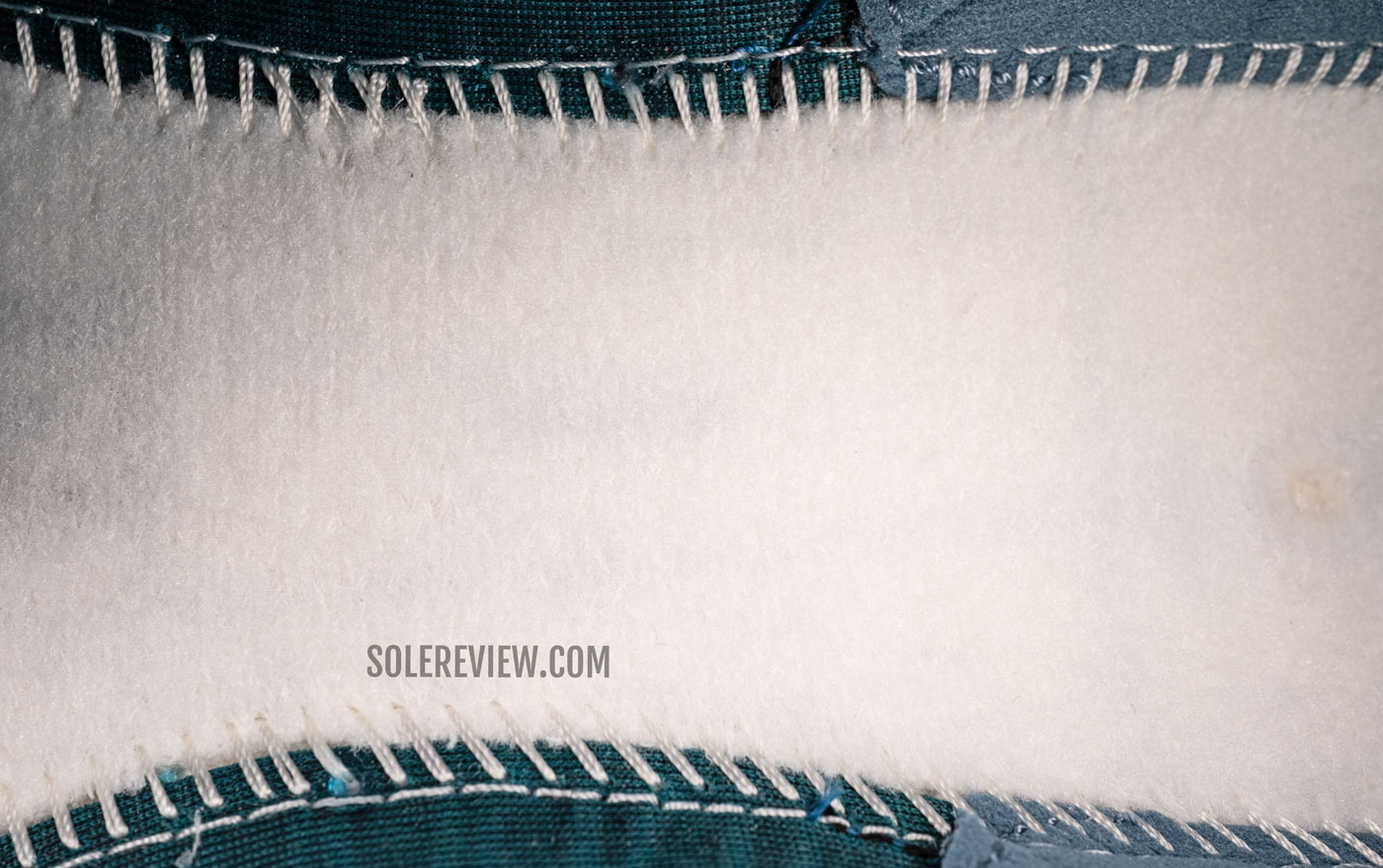
The Invincible 3 gets a fabric lasting covering the midsole – something that the V2 did not have. As a result, the cushioning is slightly firmer.
However, the Invincible 3 is slightly firmer than both the V2 and V1 because of two changes.
The Invincible 3 has a textile lasting that previously did not exist. This means that the foot doesn’t load as freely on the Zoom X midsole, and that translates into reduced softness.
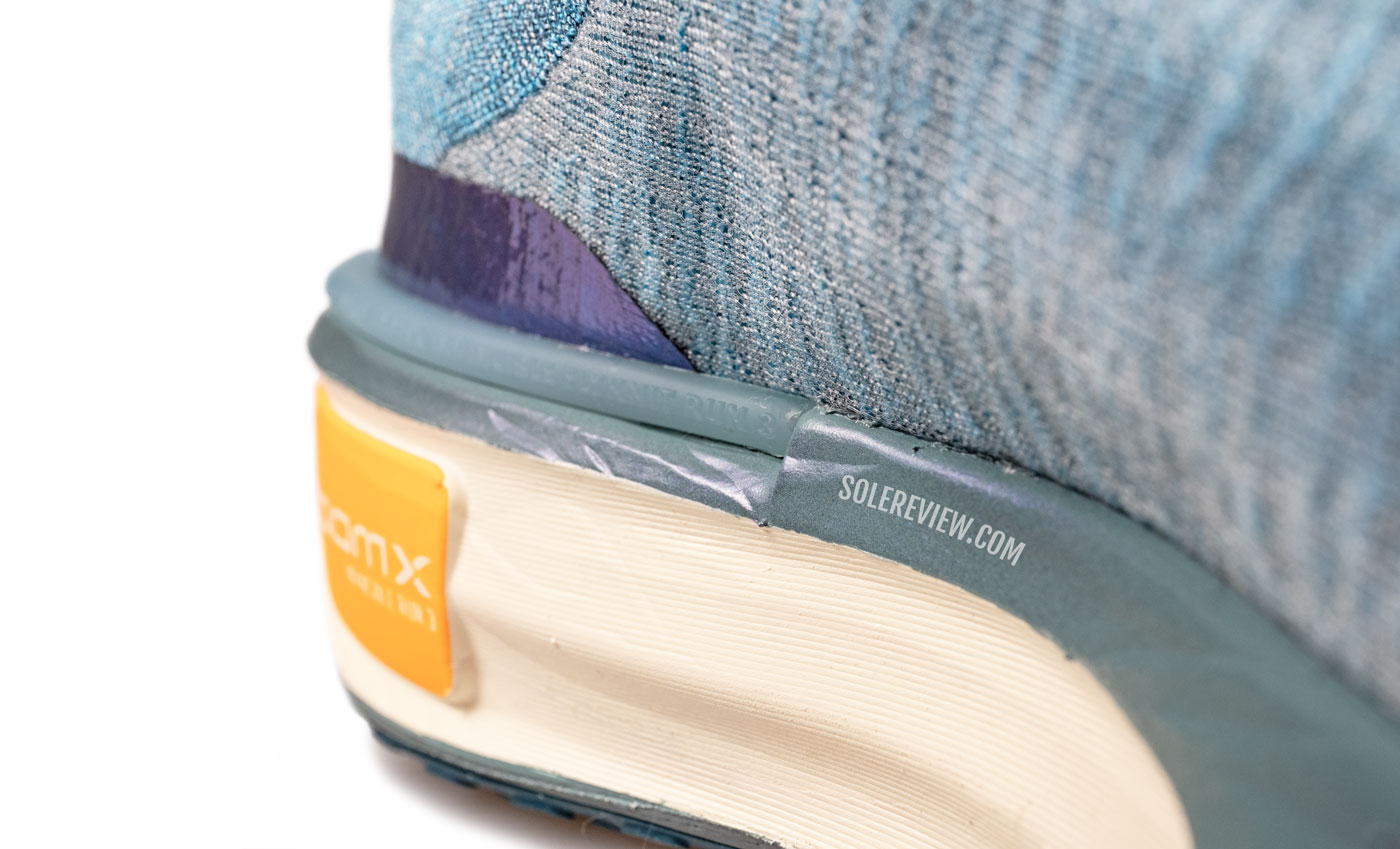
The ridges or scoop on the midsole sidewall adds support and decreases softness when compared to the Invincible 1 and 2.
The new side ‘scoops’ on the midsole also add some structure – a feature that was missing on the Invincible 1 and 2. However, this is a relative observation. The Invincible is still an incredibly soft running shoe. It’s just more stable, that’s all.
The upper comfort and plushness complement the soft ride well. The interiors are smooth and accommodating, and features like the padded heel and tongue make fit very comfortable.
All that said, there are limits to what the Invincible 3 can do. Reserve it for the easy runs or walks; faster runs and races are best left to the likes of the Nike Vaporfly Next% 2 or Saucony Endorphin Pro V3.
2) Softest daily trainer: Asics Nimbus 25
The Nimbus 25 is a very soft running shoe, but not in the same way the Nimbus 24 was.
Whereas the 24 had a plush ride with rearfoot-loaded cushioning, the Nimbus 25’s midsole does a better job at distributing the softness.
That’s thanks to its 41.5 mm tall heel and 33.5 mm thick forefoot, so the front of the shoe feels every bit as substantial as the rear. The midsole is also wider on the sides, and that results in a soft yet planted ride experience. Our review breaks down the Nimbus 25’s on-road performance.
The ‘visible’ Asics Gel is no longer a part of the outer scenery. The ‘Gel’ has been relocated inside the heel, and the outer midsole has been redesigned to make the ride more neutral than the 24.
There are two things that we don’t like about the Nimbus 25, and that would be the outsole grip and unbreathable upper. The smooth lugs do not bite the road as well as the Nimbus 24 did. Though the true-to-size upper has a tight fit, it is also available in wide and extra-wide sizes.
3) Softest daily trainer: New Balance Fresh Foam 1080V13
Despite the rise of PEBA and other super-foams, New Balance’s Fresh Foam midsole continues to hold its own. Regular updates help Fresh Foam stay relevant; the recently released 1080V13 delivers a softly cushioned ride with generous long run-friendly comfort.
Making the soft cushioning happen is a high-volume foam midsole and multi-piece outsole that cushions every footstrike. Fresh Foam is an EVA foam variant, but that doesn’t stop it from delivering a ride experience that is both comfortable and lively. As far as cushioning softness goes, the 1080V13’s cushioning is a marked upgrade from the 1080V12.
While softer than before, the Fresh Foam X 1080 V13 feels lively for its cushioning class. In other words, the 1080 doesn’t feel slow and mushy. It weighs just over 9 ounces, so this isn’t a heavy shoe at all. The rocker-shaped midsole is good at making the transitions smoother.
The redesigned outsole makes use of independent slabs divided by flex grooves. The forefoot outsole is made of soft blown rubber, so this new geometry flexes together with the midsole to elevate the cushioning levels.
We miss the stretchy and accommodating upper of the 1080V12. That said, the narrower toe-box of the 1080V13 creates a secure fit. Optional widths are available, should you need more room.
4) Softest responsive trainer: Nike Zoom Fly 5
In our review, we explained why the Nike Zoom Fly 5 makes a lot of sense.
Its 8 mm heel-to-toe offset is the product of a super tall midsole that’s 41 mm high under the heel. Yes, that’s not a typo. Not only is the high-volume extremely soft, but it also avoids any mushiness – thanks to the internal Carbon plate, dual-density midsole, and higher rocker profile.
The inner plate has a similar orientation to that of the Vaporfly. It’s anchored at the base of the forefoot, and curves upwards under the heel.
That said, the Zoom Fly 5 doesn’t have a 100% PEBA midsole, but rather a combination of two foams. Inside the shoe is a ZoomX core, and the outside is an EVA foam casing. So the snap effect of the plate isn’t as pronounced as the Vaporfly. It’s there, but in a muted way.
With this setup, the Zoom Fly 5 hits a sweet spot between cushioning softness and responsiveness. This isn’t a shoe that’s eager to go fast, but it doesn’t feel like running on molasses either. Given its higher-volume midsole, the Zoom Fly 5 is softer and slower than the relatively aggressive Zoom Fly 4.
The new upper has also been reworked. This time, the Zoom Fly 5 has creature comforts like tongue padding and a regular heel collar.
5) Softest tempo trainer: New Balance FuelCell Rebel V3
The Fuelcell Rebel V3 packs an unbelievable amount of bouncy softness for its 7.4-ounce weight. The cushioning softness doesn’t have the deep feel of the 1080, but there’s plenty of everyday comfort available on demand. Our in-depth review is here.
The highly responsive nature of the Fuelcell foam also works at tempo paces, so the Rebel 3 can transition effortlessly between easy runs and quick paces.
The Rebel V3’s $130 retail price is very reasonable for what it offers.
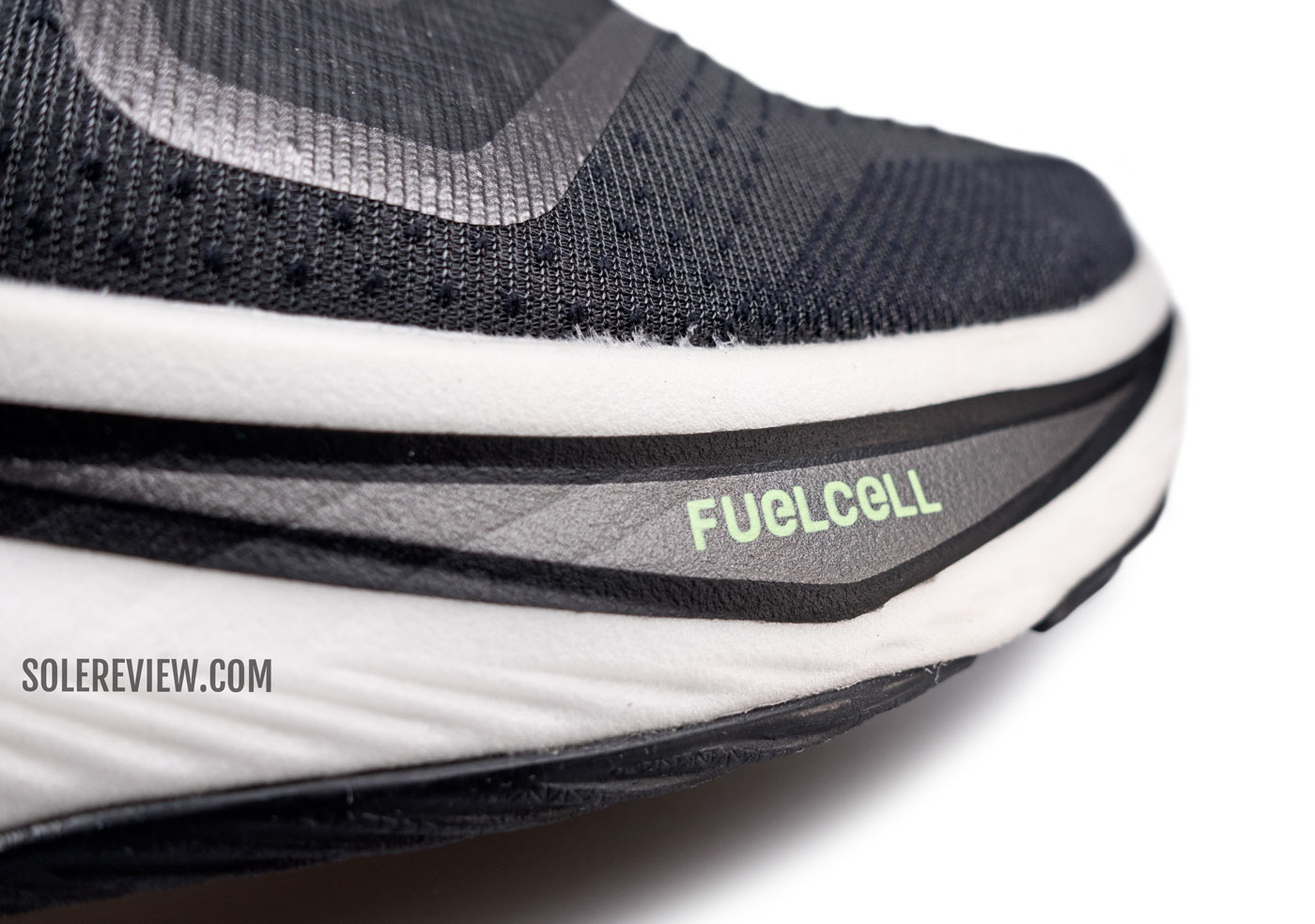
The Fuelcell foam is soft and bouncy with a fair degree of resilience. It’s also unaffected by freezing temperatures.
The lightweight and breathable upper is secure with a soft wrap. The last year’s model had durability concerns, so the Rebel V3 appears to have addressed those concerns. The upper is made of a thicker mesh, and an inner sleeve helps too.
6) Softest marathon racer: Nike Vaporfly 3
Despite the Nike Vaporfly 3’s extensive makeover, it has many things in common with the Vaporfly 2.
Just like the Vaporfly 2, a heel-to-toe Carbon fiber plate gives the Vaporfly 3 its characteristic snap. The midsole is made of the soft, bouncy, and ultra-lightweight PEBA foam that keeps the feet fresh during a marathon.
The thin upper helps cut down on weight, and its asymmetrical lacing is a clever way to reduce the top-down pressure. It’s also very well-ventilated. The VF3 has a lot more room than the VF2, so the foot isn’t securely locked in over the midsole. Our review explains the shortcomings of a loose upper fit.
Its softness doesn’t come at the cost of speed. This is one of those rare shoes where the softness and ‘fast’ feel co-exist harmoniously. This makes the Vaporfly 3 an excellent long-distance running shoe; going far doesn’t mean punishing the feet.
Do keep in mind, however, that the rearfoot stability is lacking due to the softness. That was true of the original Vaporfly 4% as well, and even competing shoes like the Saucony Endorphin Pro suffer from this limitation. That’s not a drawback as long as the rearfoot isn’t loaded at slow paces.
7) Softest marathon racer – Saucony Endorphin Pro V3
The Endorphin Pro V3 is one of two Saucony running shoes that use a PEBA midsole with an internal plate.
The other shoe is the Endorphin Speed V3, except that it uses a Nylon plate instead of a Carbon one. Since the Pro version lacks the (thicker) fabric lasting under the insole, it is the softer of the two – and hence the reason why it’s featured here over the Speed model. Here’s our detailed review if you want to know more.
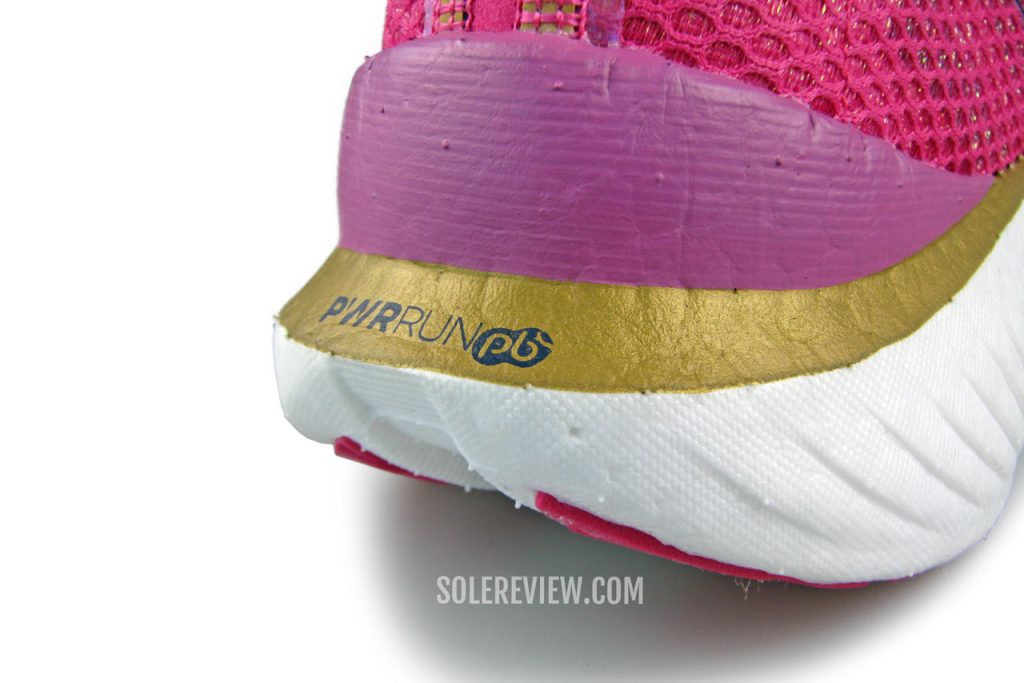
The Pwrrub PB midsole of the Endorphin Speed 3 creates a soft and responsive underfoot feel. The Carbon plate does the rest.
Saucony’s take on the PEBA foam midsole is interesting. Instead of a single block of molded foam, the midsole uses hundreds of fused foam globules. The result is a soft and bouncy ride that’s excellent for high-speed, long-distance runs in relative comfort.
For 2022, both the Endorphin Pro and Speed get upgraded with a wider midsole for improved stability. Of course, that’s relative to the prior versions – the Speed and Pro 3 are nowhere as stable as regular trainers.
Co-existing with the soft cushioning is a resilient quality that feels ‘tighter’ than the Nike ZoomX. A full-length Carbon Fiber plate makes the ride engaging by adding a snappy feel to the rearfoot while making the forefoot transition-friendly.
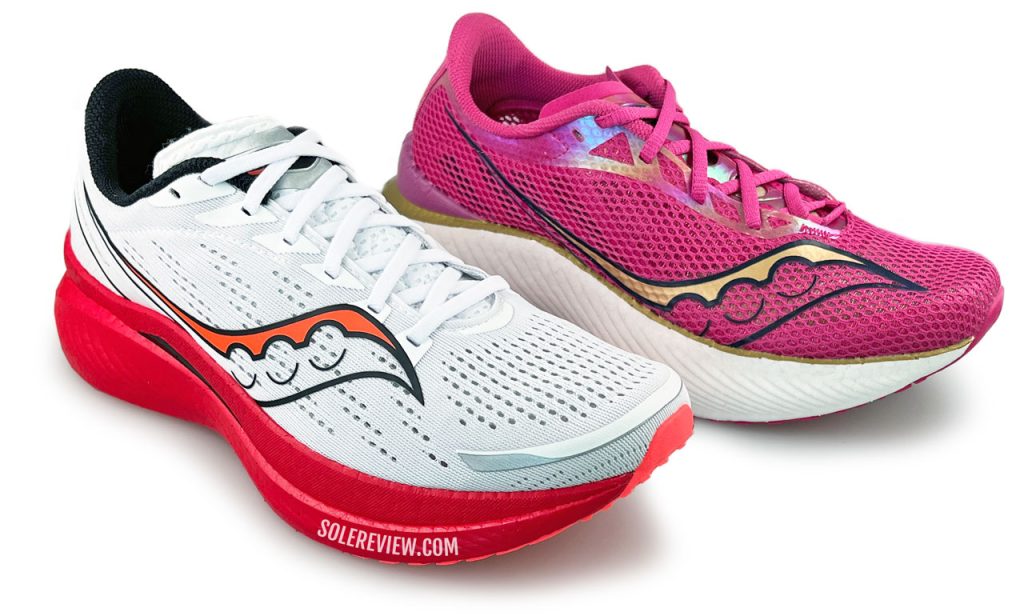
Despite the shared softness, there are significant differences between the E-Speed 3 and Pro 3.
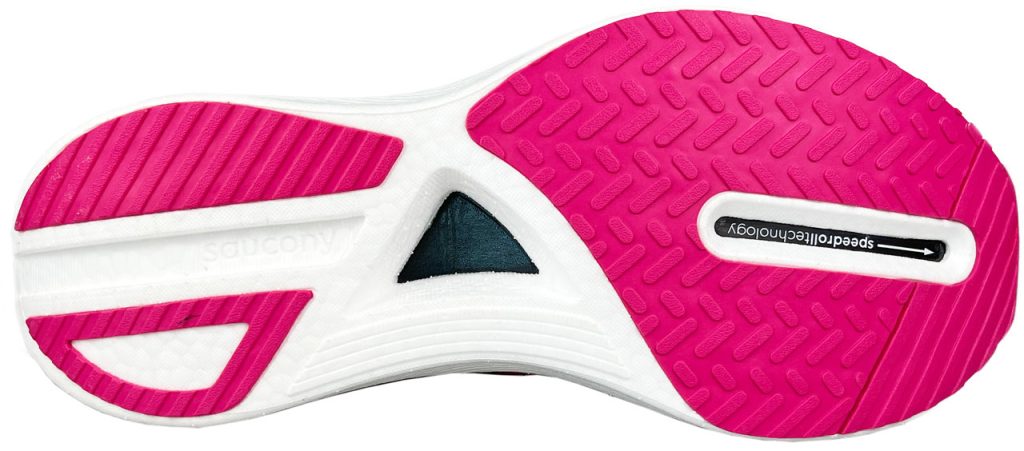
The Endorphin Pro 3 has windows exposing the Carbon plate, whereas the Speed 3 doesn’t.
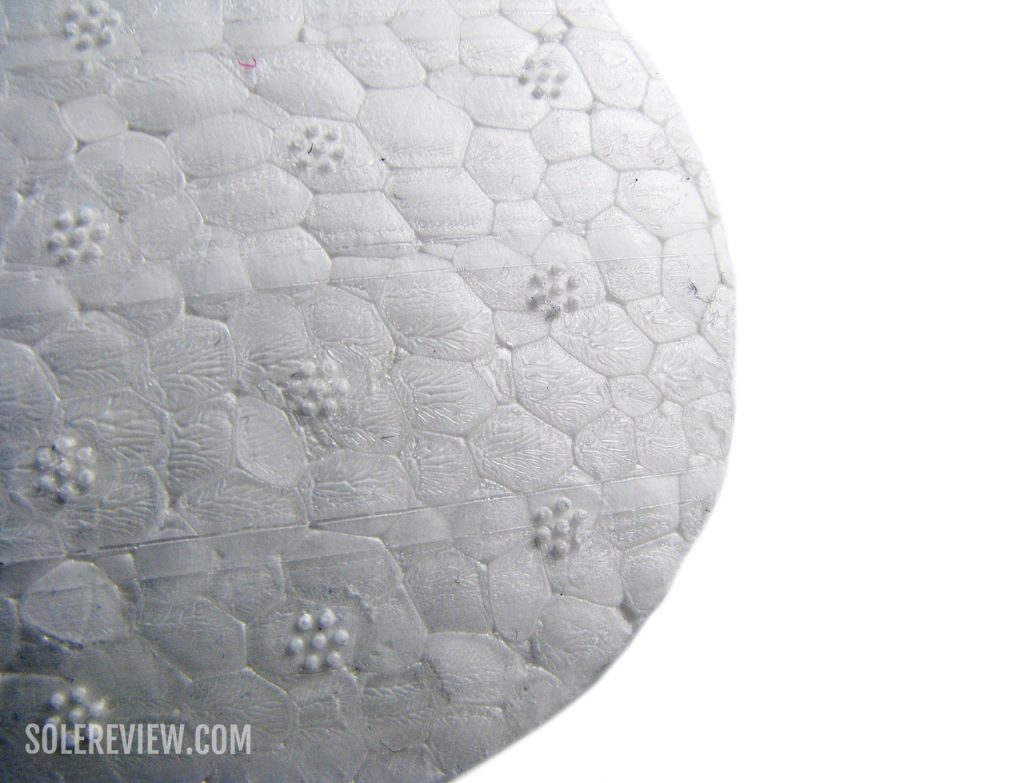
The Pro 3 has a Pwrrun+ footbed; the Speed 3 has the EVA-based kind.
Besides the lighter upper with a collapsible heel, the Pro 3 also differs from the Speed V3 in another way. The cut-outs on the outsole (and midsole) expose the Carbon plate in the midfoot and forefoot.
The Pro 3 has a Pwrrun+ (E-TPU) footbed, whereas the Speed 3 has an insole that’s made of EVA foam.
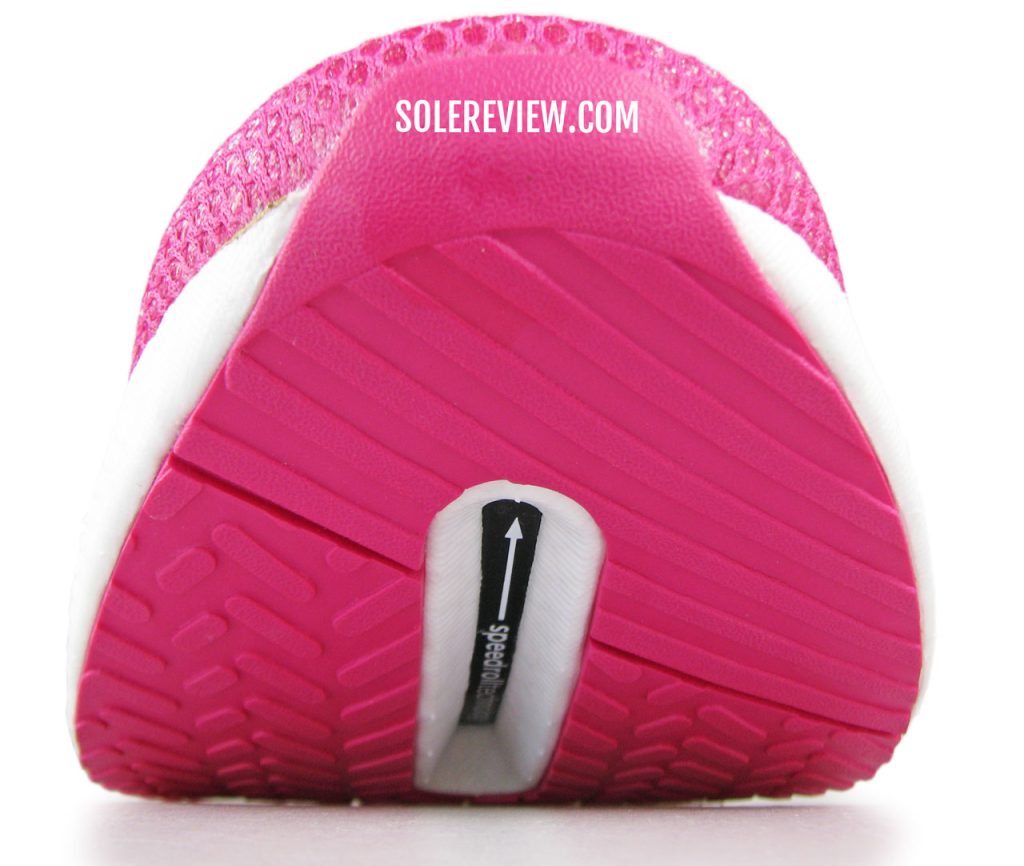
The high toe spring and rigid forefoot help the foot ‘roll forward’ during transitions.
This quality is what Saucony advertises as ‘Speedroll’ – the rigid forefoot helps the foot roll quicker during the push-off phase. The rearfoot stability isn’t great, nor is the outsole grip – two things that a potential buyer needs to be mindful of.
The lightweight upper is well-ventilated with a comfortable, true-to-size fit.
8) Softest low-profile racer – Nike ZoomX Streakfly
The Reebok Floatride Run Fast 3 no longer seems to be available, but fret not. There’s a new road racer called the Nike ZoomX Streakfly, and it is the softest running shoe in its class.
As long as your runs are limited to 10K or below, the Streakfly’s midsole will deliver sufficient ride comfort. Since this shoe lacks a high-volume midsole, distances that are longer than 10K will increase the chances of fatigue.
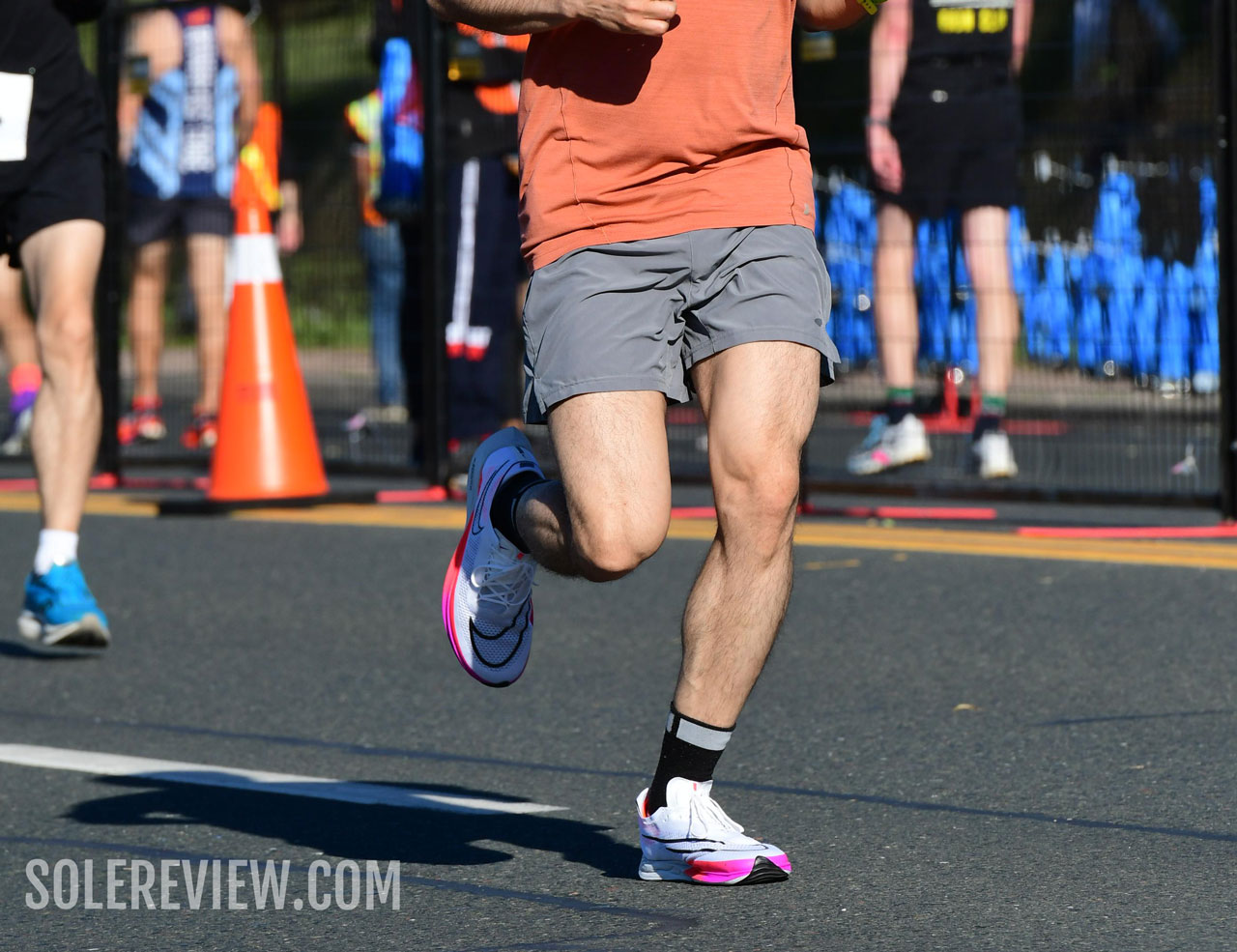
The ZoomX Streakfly’s soft ride keeps the feet fresh for up to a 10K distance.
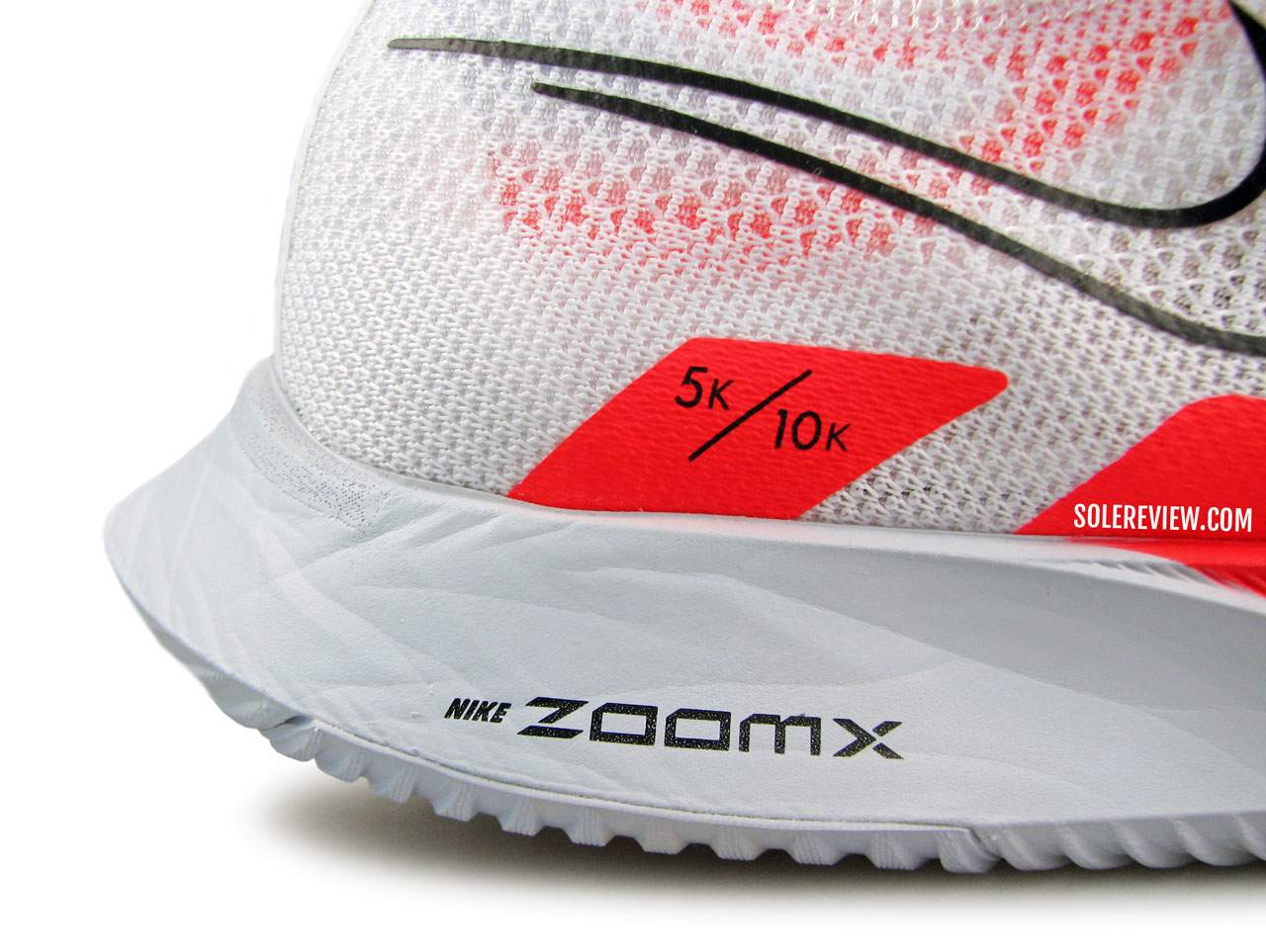
Unlike most low-profile flats like the Saucony Type A9 or adidas adios 6 that have a firm ride, the Streakfly’s ZoomX midsole offers a soft underfoot experience. After all, Nike’s ZoomX foam is the same material that makes the Invincible Run and Vaporfly possible.
The Streakfly also has a stiff plate under the forefoot for quick turnovers during a high-cadence run. But the Streakfly isn’t without limitations; our in-depth review went through the pros and cons of this cushioned tempo trainer.
Also see: New Balance Supercomp pacer.
9) Softest trail running shoe – Nike Pegasus Trail 4
For this edition of this guide, we thought of including a trail running shoe with a soft ride.
Even though adidas sells several trail shoes with a Boost foam midsole, we found the Nike Pegasus Trail 4 to be one of the softest trail shoes on the market.
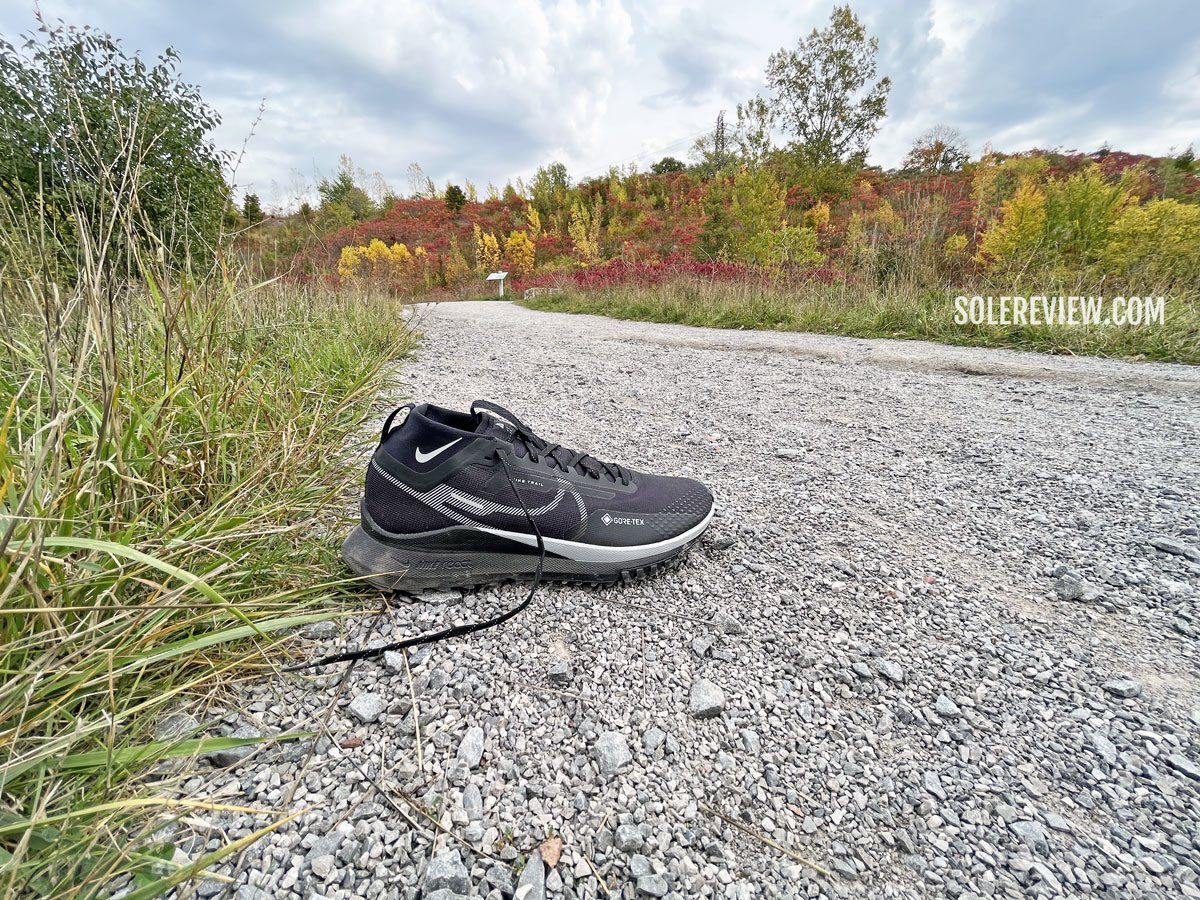
There’s a good reason why this shoe is known as a road-trail hybrid. It’s closer to a road shoe than a serious trail runner. It does best on flat terrain – like this gravel path, for example.
Making that happen is a React foam midsole and a removable insole. The React foam stack delivers soft cushioning during trail runs, and the rugged outsole protects the soft midsole and offers dependable traction on non-technical trails.
The Pegasus Trail 4 isn’t a hard-core trail running shoe. The lack of a rock plate and gaiter attachment plate, as well as the shallow outsole lugs makes that very obvious.
This is a road-trail hybrid that’s decent on both paved and unpaved surfaces. But to expect more would be asking too much.
The smooth and secure upper fit is similar to the Pegasus Trail 3; the heel has a soft gaiter collar around the ankles to prevent dust from entering.
However, only the waterproof Gore-Tex variant has this feature – the standard Pegasus Trail 4 does not. Our review goes over the differences and explores the shoe’s capabilities.
The midfoot uses a loop-based lacing system for quick cinching, and protective details shield the foot without adding weight or stiffness.
Also see: Hoka Challenger ATR 7.
10) Softest athleisure runner – adidas UltraBoost 1.0 DNA
Oddly, the high-volume midsole of the latest Ultraboost 22 doesn’t necessarily make it a very soft shoe.
The stiffer outsole and larger Torsion shank make the ride more stable. That may be a good thing while running, but that dials down the overall softness.
Under the changed circumstances, we recommend the DNA variant of the Ultraboost if a soft ride is what you’re after. To be specific, the Ultraboost 1.0 DNA.
It uses (almost) the same midsole and outsole as the original Ultraboost. A full-length stack of soft Boost foam connects directly to the upper, with a cushy insole creating the layer of step-in cushioning.
The outsole design helps as well. Unlike the stiff geometry of the Ultraboost 22, the latticed layout of the Ultraboost DNA (with exposed Boost foam windows) does a better job of flexing along with the midsole. This helps make the ride softer.
Just like the Ultraboost Light, the 1.0 DNA is best used as an athleisure shoe or low-intensity running. Though the stretchy upper covers the foot in a soft and snug fit, the midfoot cage isn’t ideal for high-mileage runs.
Do you own any of these shoes? Improve this review by sharing your insights – submit a review here.

